Day 5
The day started off badly: a tire blew out not far from Coimbra. But Hertz was very efficient: they got us to Coimbra fairly quickly, where we received a luxurious white BMW (another upgrade—what luck!) and headed on to Buçaco (Buçaco).
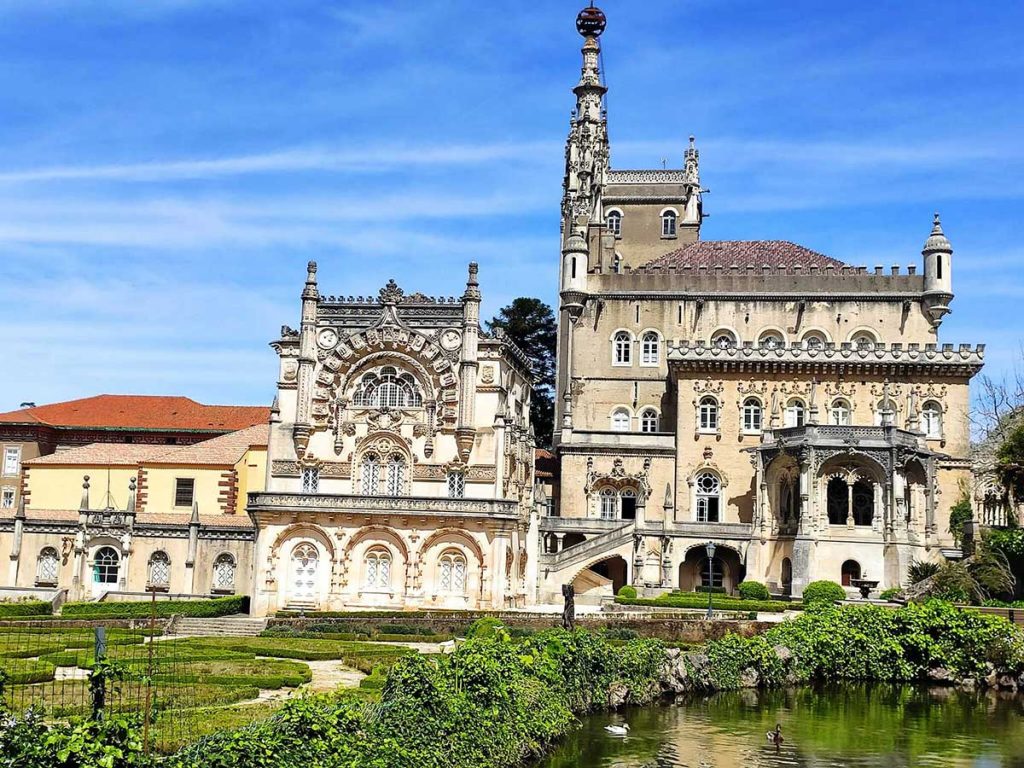
Since I was last here (which was a long time ago), the place has become a true tourist attraction, complete with an entrance fee (€7), a souvenir shop, and parking on the grounds of the hotel—the former “hunting lodge” of the Portuguese king, built in the late 19th to early 20th century in the Neo-Manueline style.
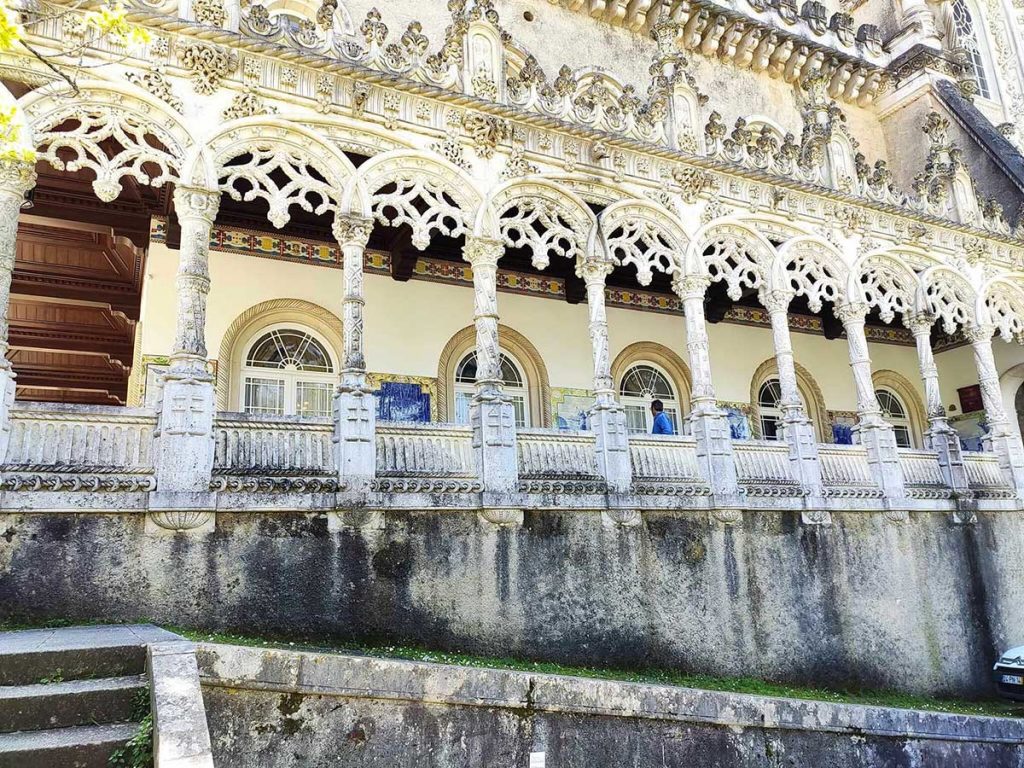
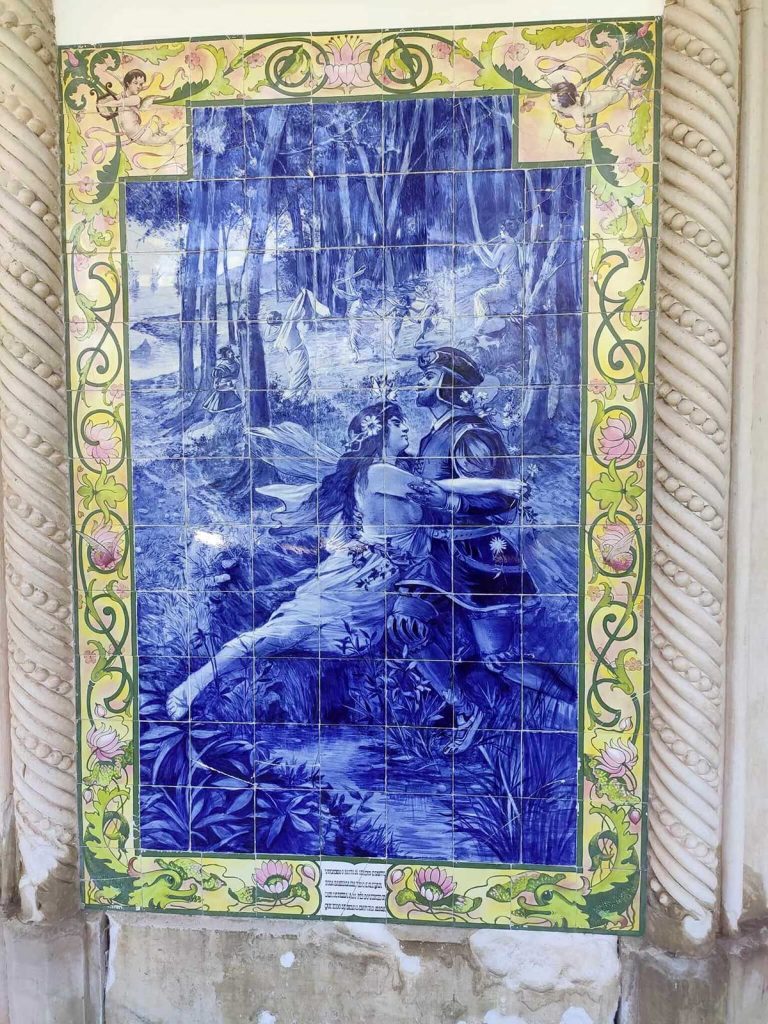
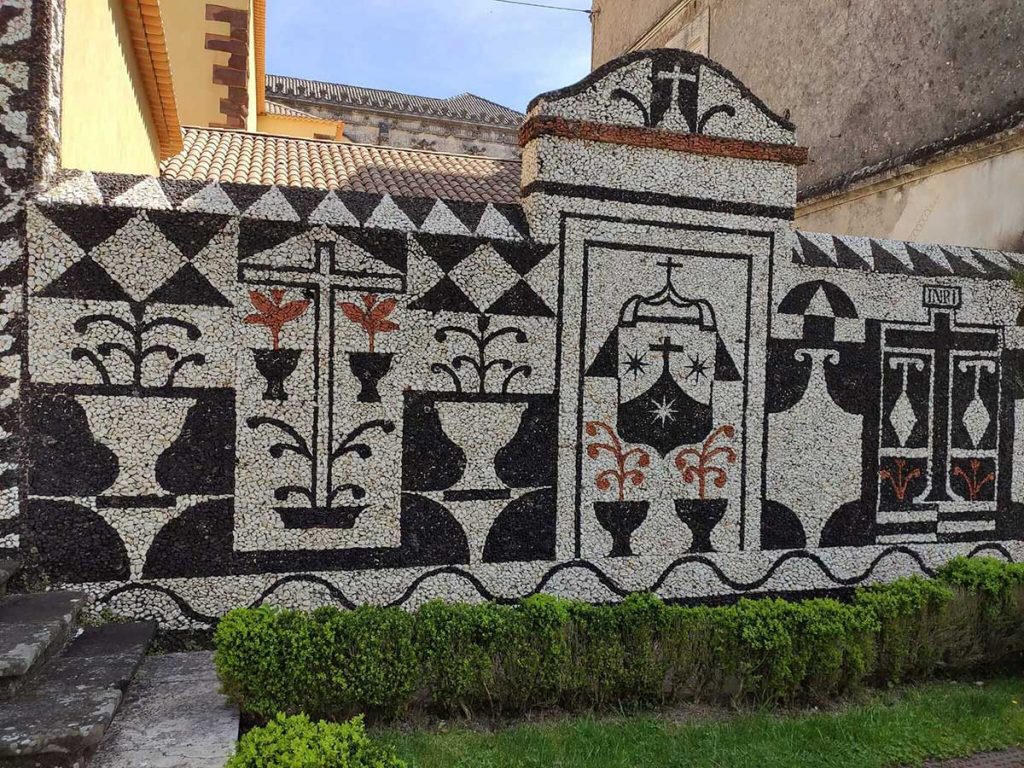
The beauty of this “lodge” is incredible, and one could wander in the forest park forever. If you climb up to Cruz Alta—the cross at the summit—you’ll be rewarded with a magnificent view over a significant stretch of Portugal.

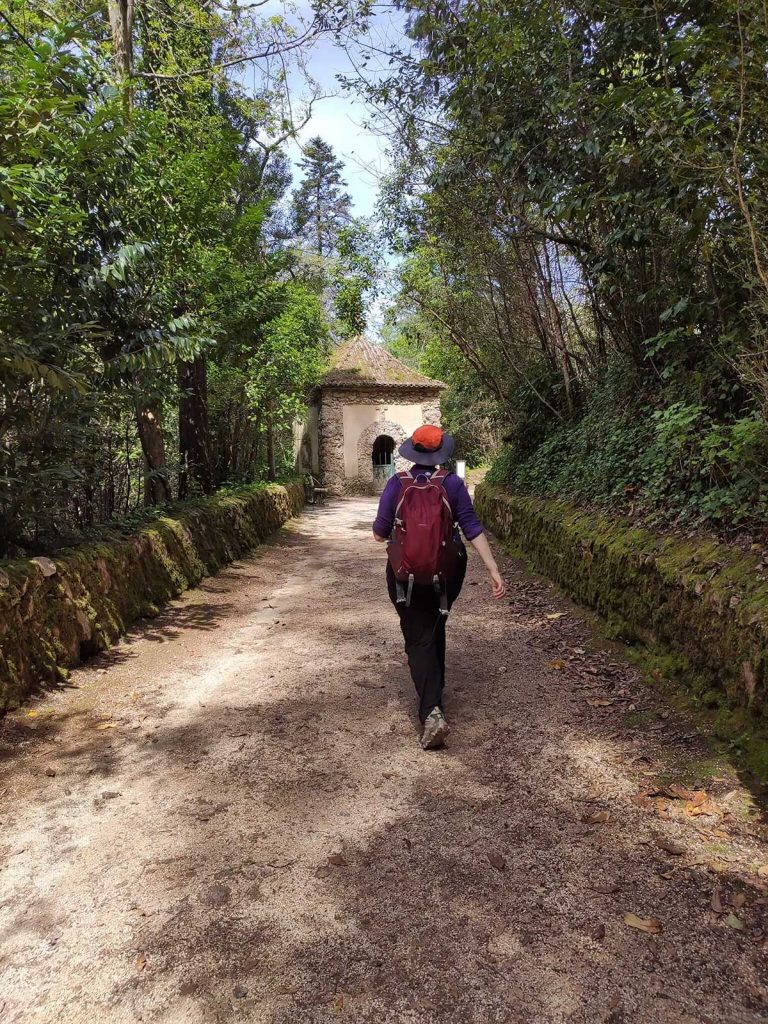
From the mountains we rolled almost down to the sea, to the cheerful city of Aveiro. As Portugal’s Art Nouveau capital, this city greets guests not only with numerous houses in that pleasing style but also with a wealth of outstanding seafood restaurants. And you can enjoy a pleasant €15 boat ride through the canals on traditional local boats.
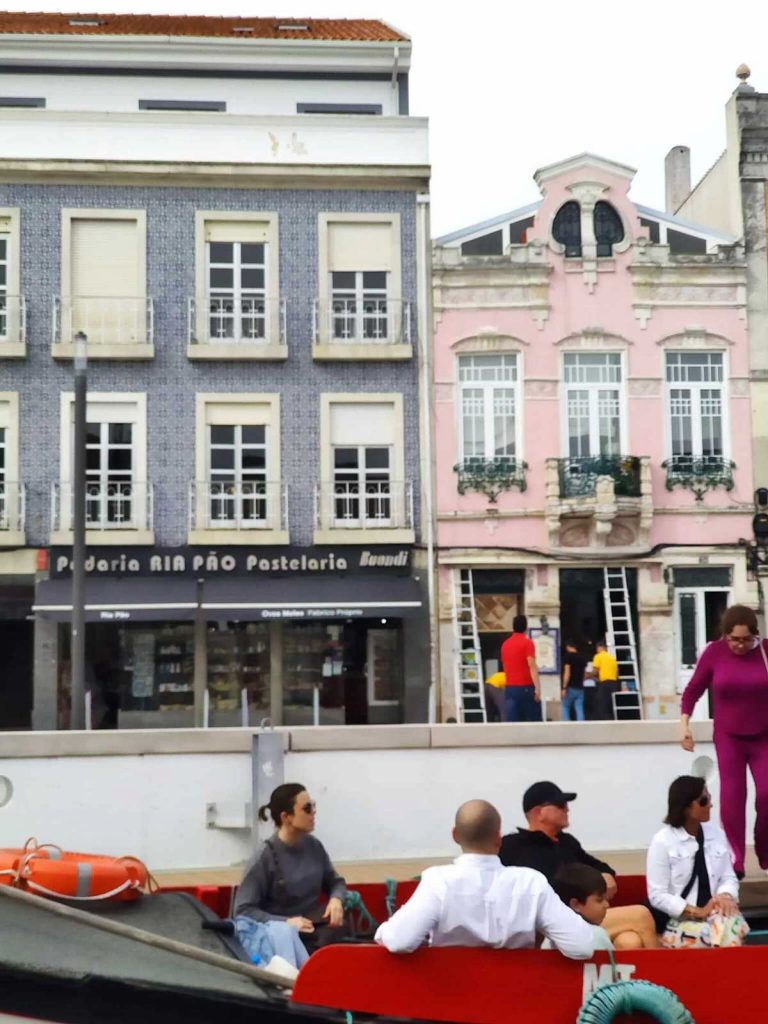
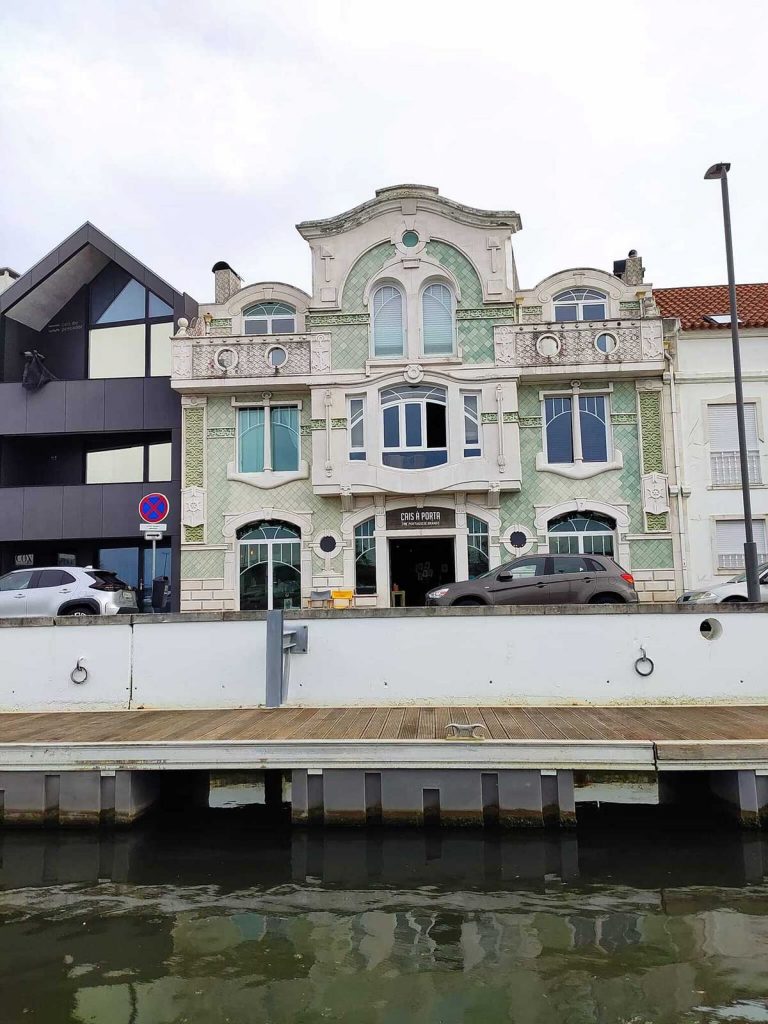
According to internet sources, the Art Nouveau Museum—housed in a magnificent building of that style—was supposedly only open until 2 PM (and until 3 PM on certain days). In reality, it was open until 6 PM, so we were able to visit it. The museum is modest; it can’t compare to Salamanca’s Art Nouveau and Art Deco Museum, but it is well curated and created with evident passion.
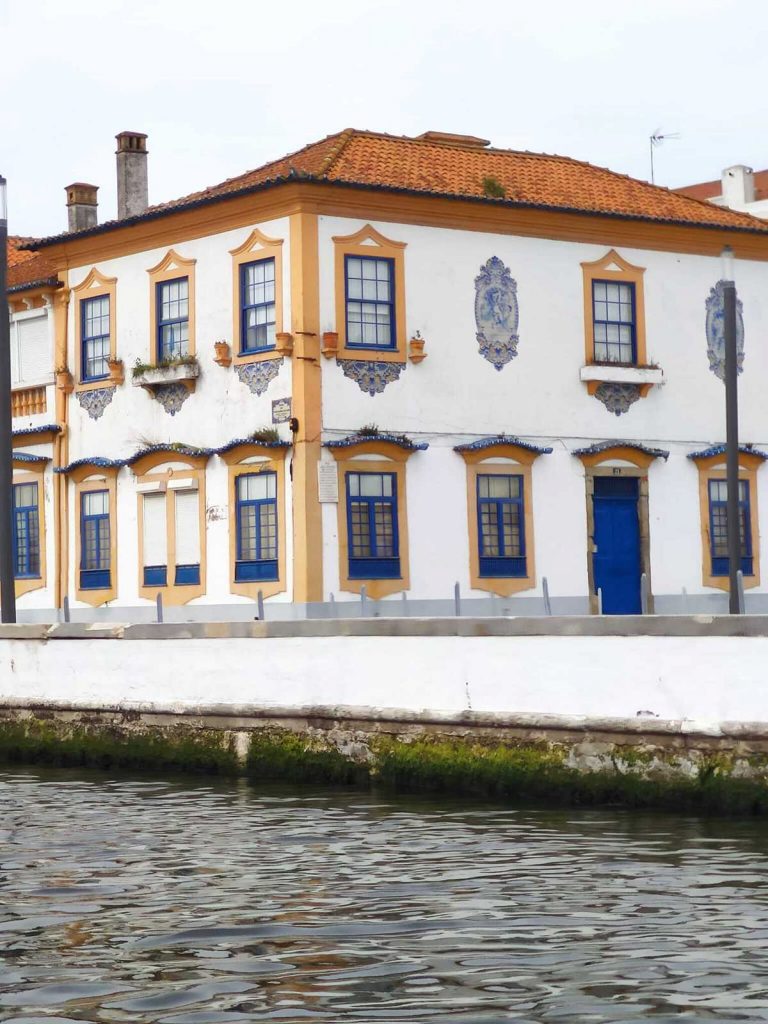
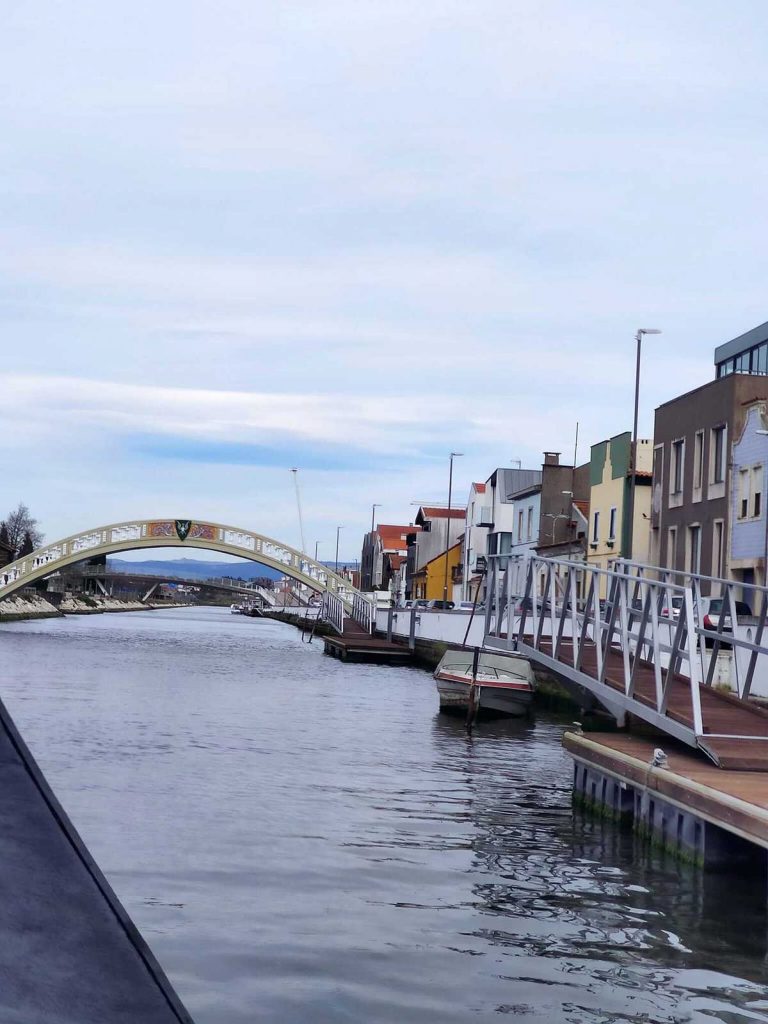
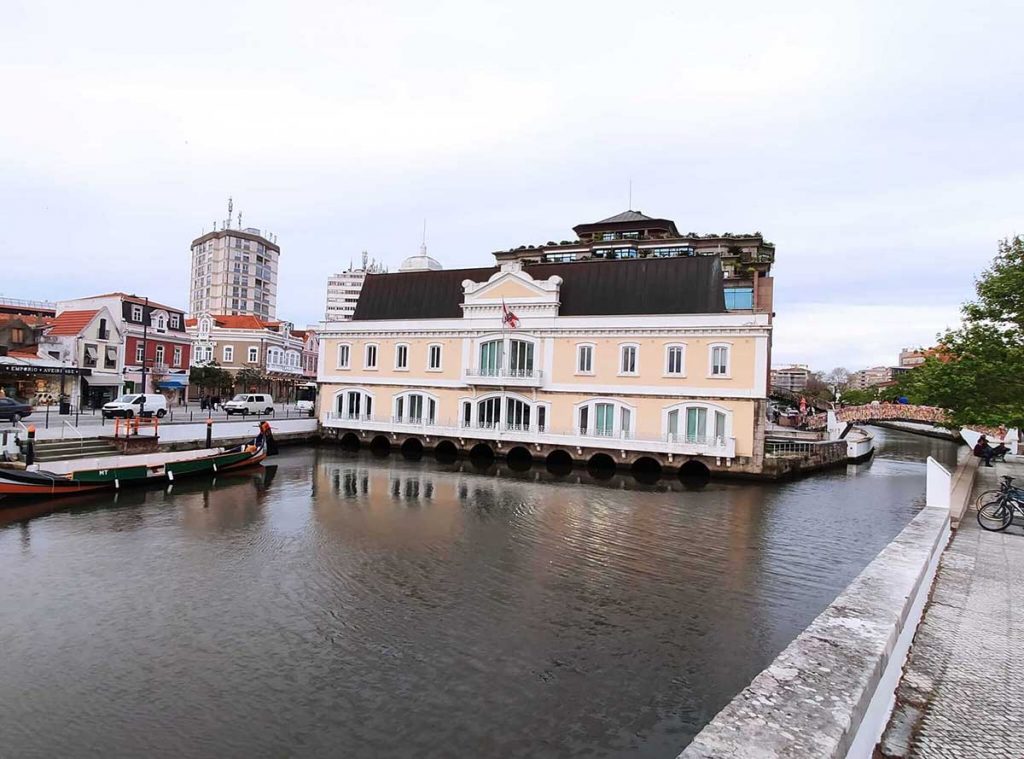
We were also fortunate that we arrived at the start of the week when Spanish and Portuguese students, dressed in traditional attire, gather in groups to sing (and partake in drinking sessions). This tradition dates back to the Middle Ages when students would supplement their scant incomes this way (minus the drinking). Close to our lunch spot, a group of Spanish students performed beautifully, and tomorrow the Portuguese will take over. We woild eagerly stay in Aveiro for an overnight, but the original plans had been changed, and we moved our overnight stay to Porto.
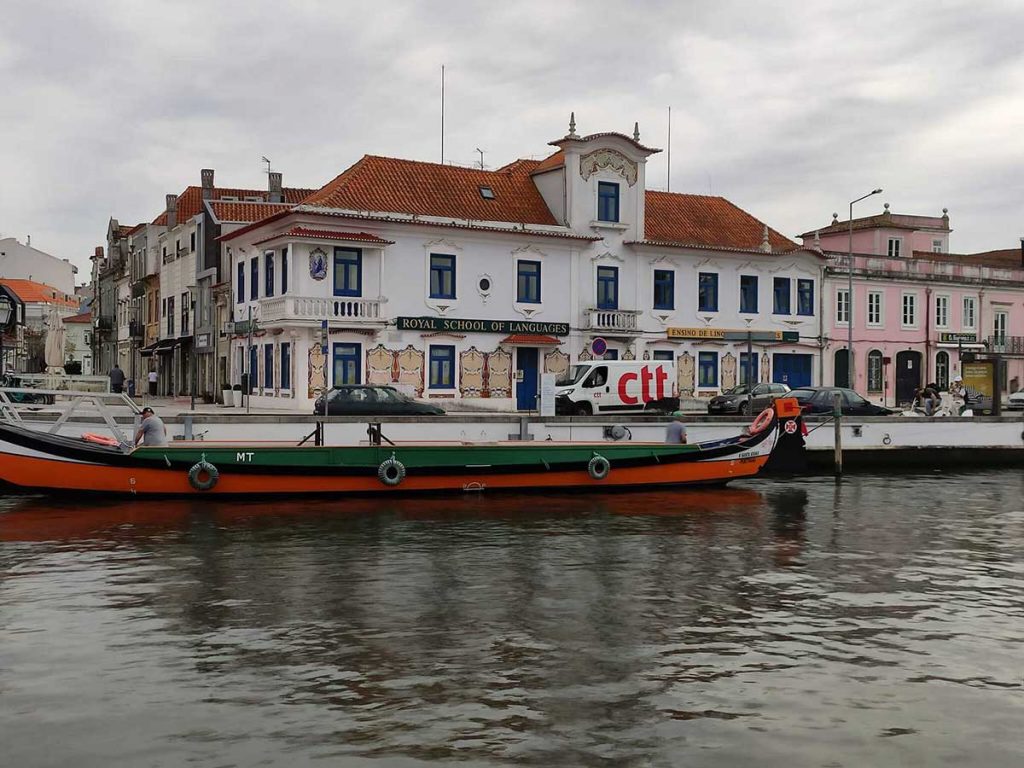
Day 6
Meteorologists had warned of rain, but apart from light morning drizzle, the day stayed dry, warm, and pleasant. We walked around Porto until utterly fatigued but still didn’t manage to visit either the UNESCO-listed Church of São Francisco or the Church of Santa Clara, which is considered one of Portugal’s finest Baroque treasures.
Of course we went to see the Church of Clérigos with its soaring tower and viewing platform, and we stopped by São Bento Station to admire its exquisite azulejos. The city sprawls over hills and enchants with countless views from its high places, especially from next the cathedral.
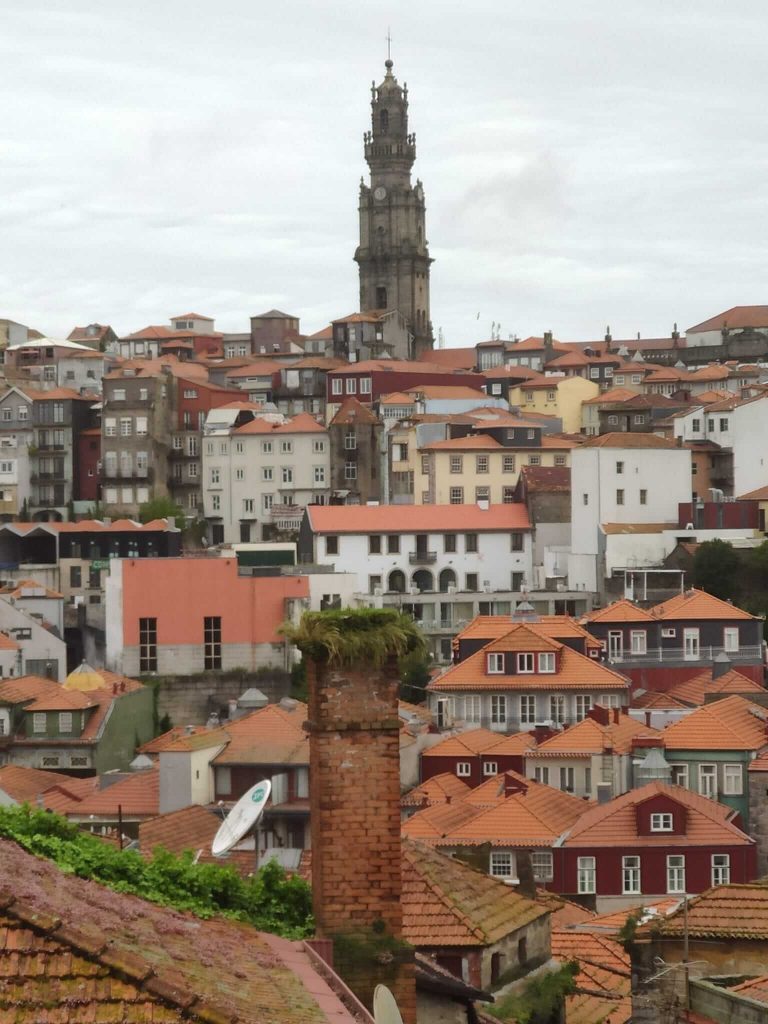

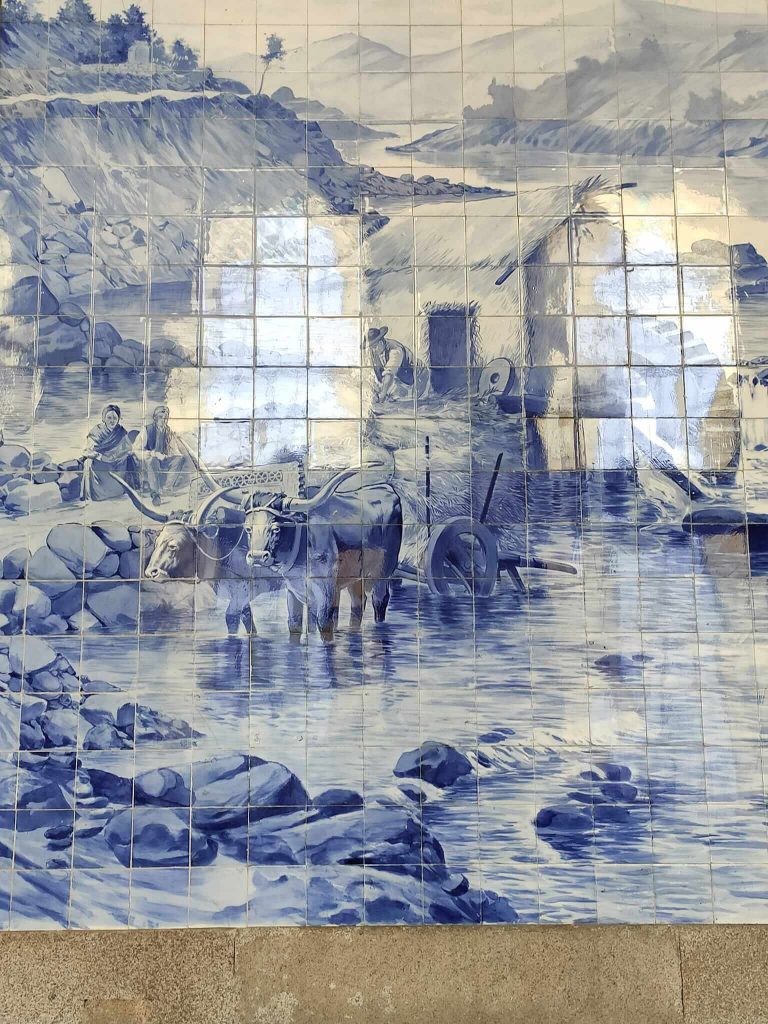
If you’re lucky enough to find parking near the cathedral, you can walk to almost all the sights, including across the Douro River to the chapels of the former Mosteiro da Serra do Pilar (UNESCO-listed) and the Jardim do Morro viewpoint, as well as to the tasting cellars of the country’s signature drink—Port.
Port tastings cost between €19 and €21, depending on the producer. It’s best to book them at the city’s tourist office near the cathedral to guarantee a time slot. Otherwise, you can buy Port in dozens of shops across the city—or, if you know exactly what you want, at the Wine Institute (Rua de Ferreira Borges 27). There’s a bewildering variety to choose from.
There are many fine examples of Art Nouveau: Café Majestic on Rua de Santa Catarina, Café A Brasileira at Rua de Sá da Bandeira 9, and others. But the highlight is the Livraria Lello bookshop (Rua de Carmelitas 144). The building is indeed beautiful inside and out, but it’s wildly popular—tickets (including online) are sold for half-hour “sessions,” and there’s a line most of the day.

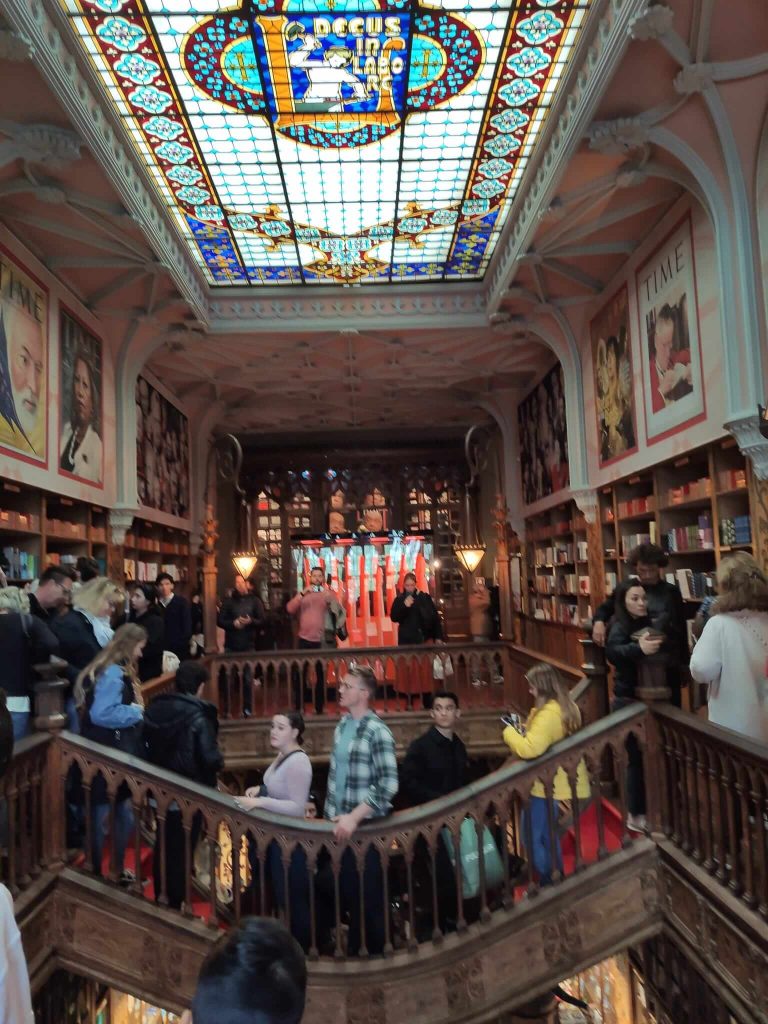
We had tickets for the 1:30 PM time slot, stood in line for half an hour, and by the time we left, there was no line already for the 2:00 PM time slot. The ticket costs €16 and includes an €8 discount on any book purchase (books are available in Portuguese, English, and French).
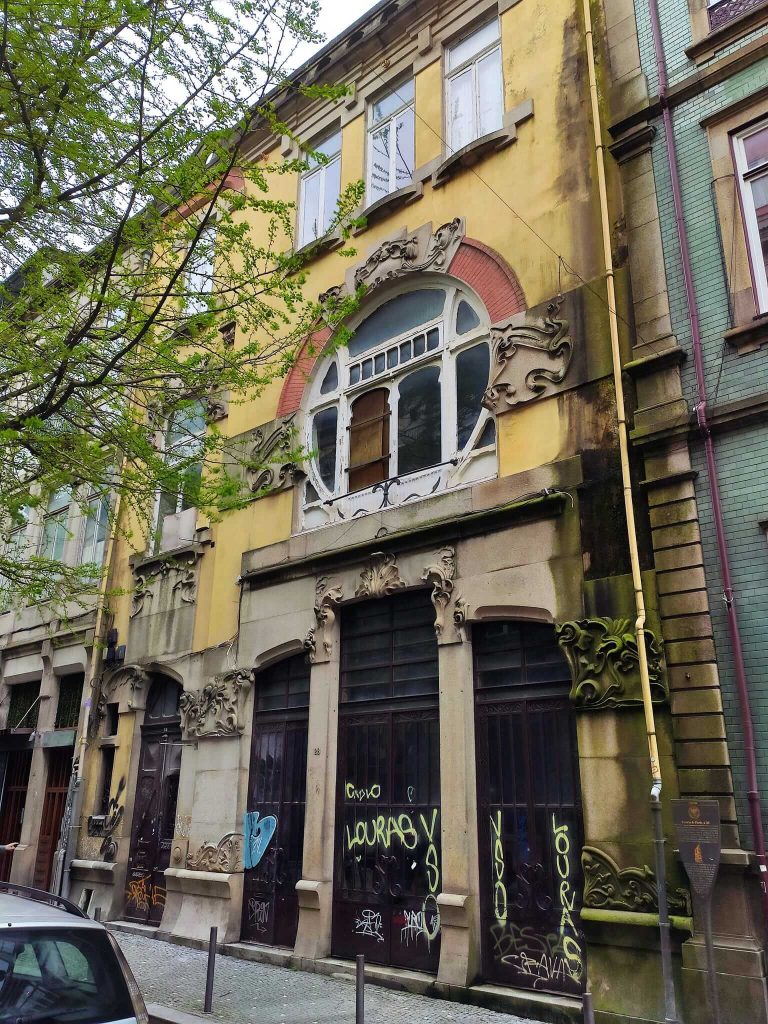
We capped the day with a Fado performance, booking tickets in advance at the tourist office (could be also done online) for the 6 PM show. We chose well: Casa do Guitarra, near the cathedral. Two young singers, a man and a woman, performed beautifully, though only for an hour, and each guest was served a glass of Port.
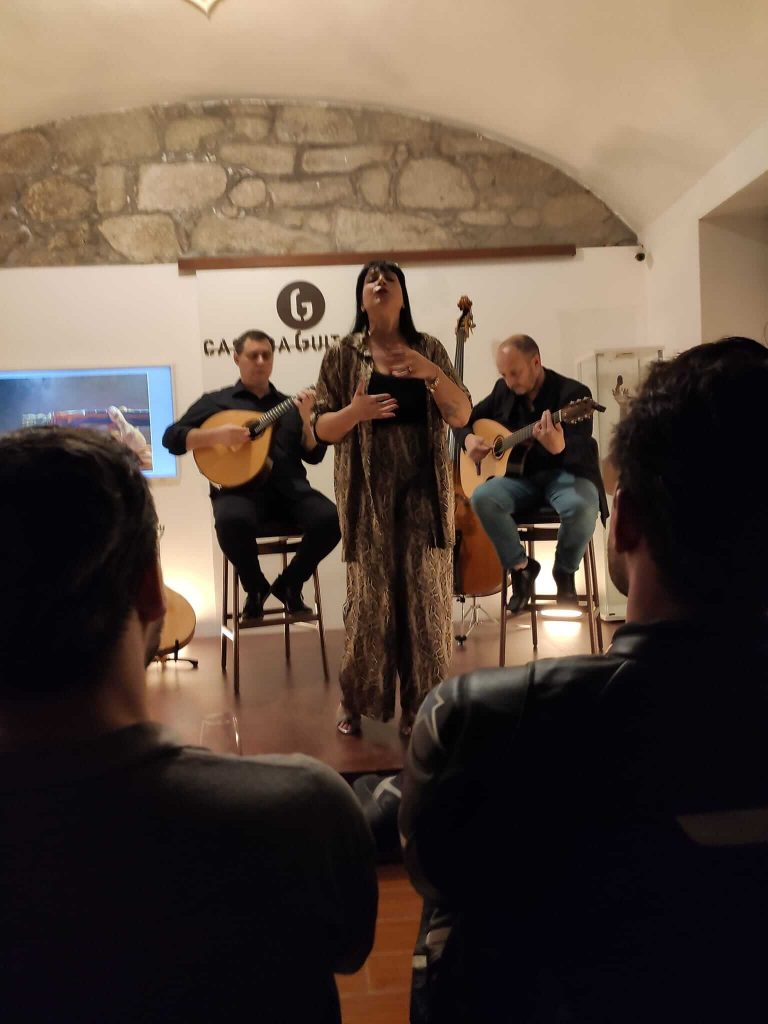
Before calling it a day, we drove by the Monument to the Heroes of the Peninsular War (the Anglo-Spanish-Portuguese alliance against Napoleon’s France) and then headed off for a well-deserved rest.
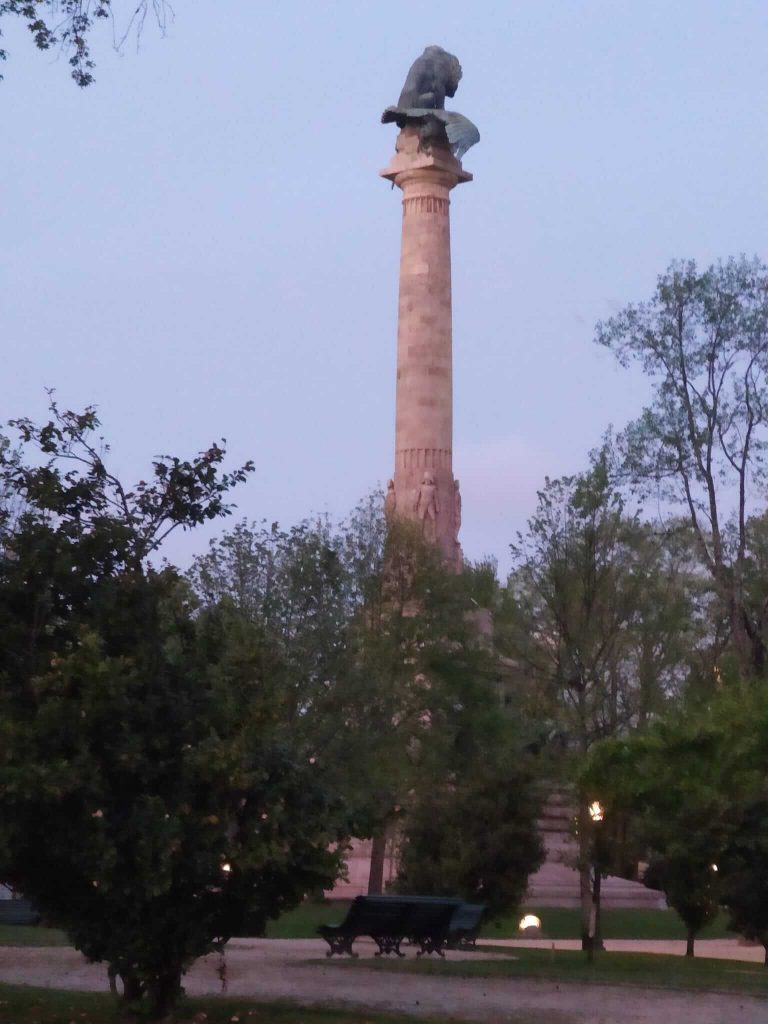
Porto is fascinating and genuine. It’s a shame we didn’t manage a river cruise. I’ve seen comments that Porto is dirty and uninteresting compared to Braga and Guimarães. While it’s true that many of Porto’s historic buildings are neglected – something the city council deserves harsh criticism for – but only time will tell whether Braga and Guimarães are truly more compelling.
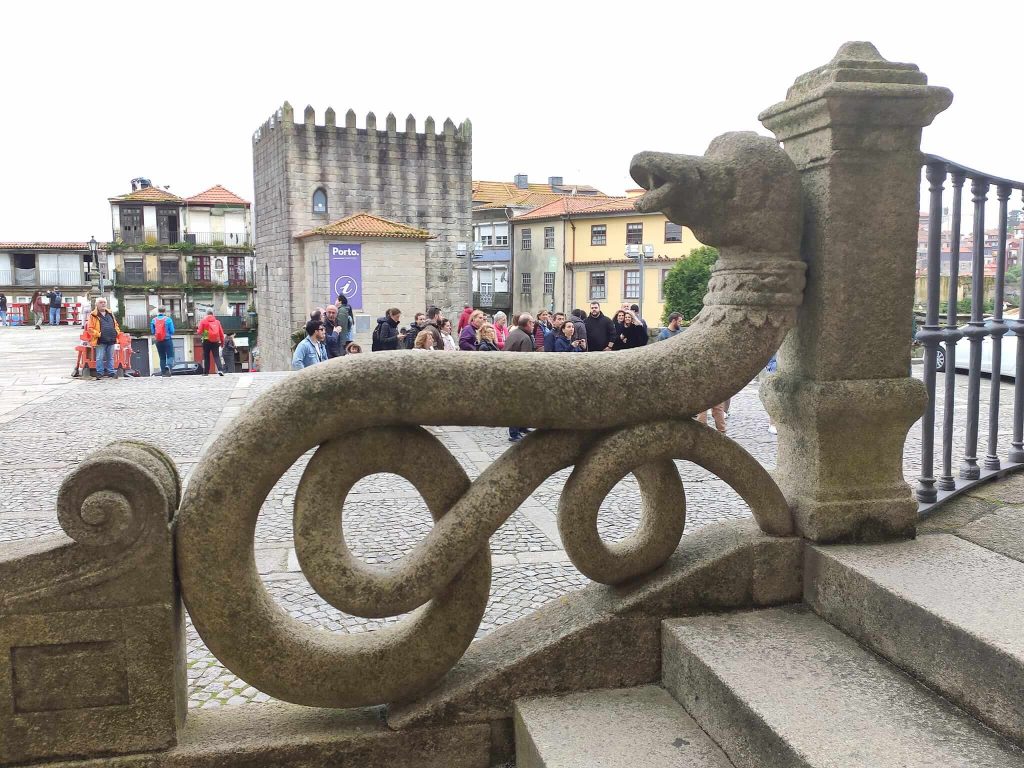
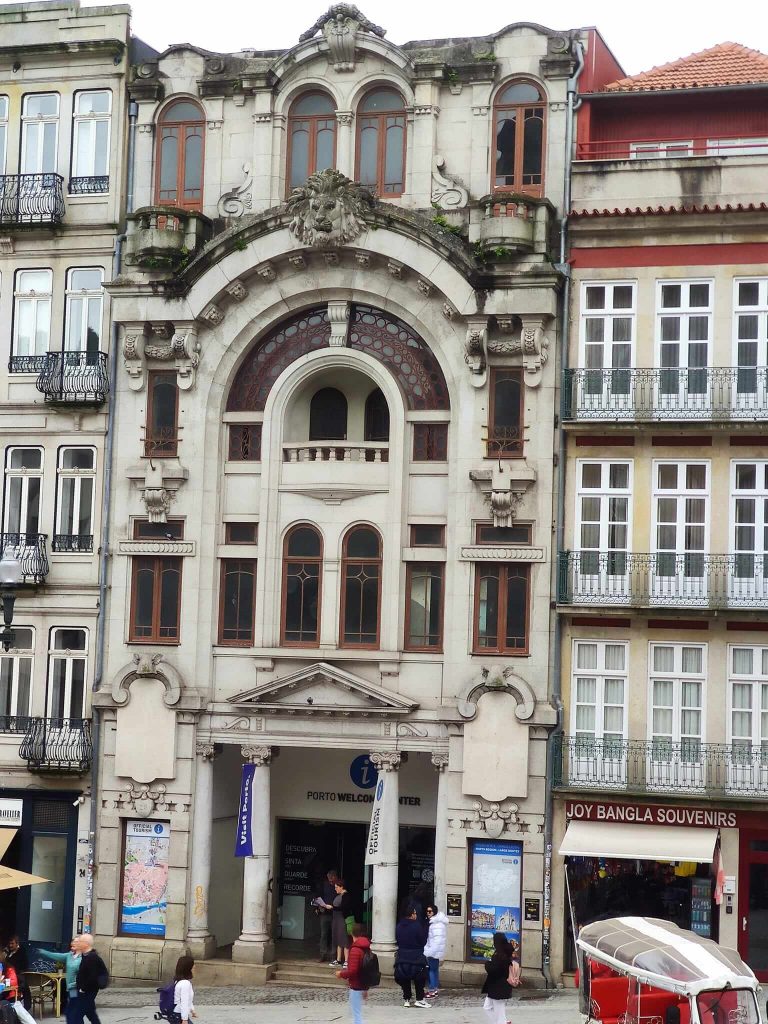
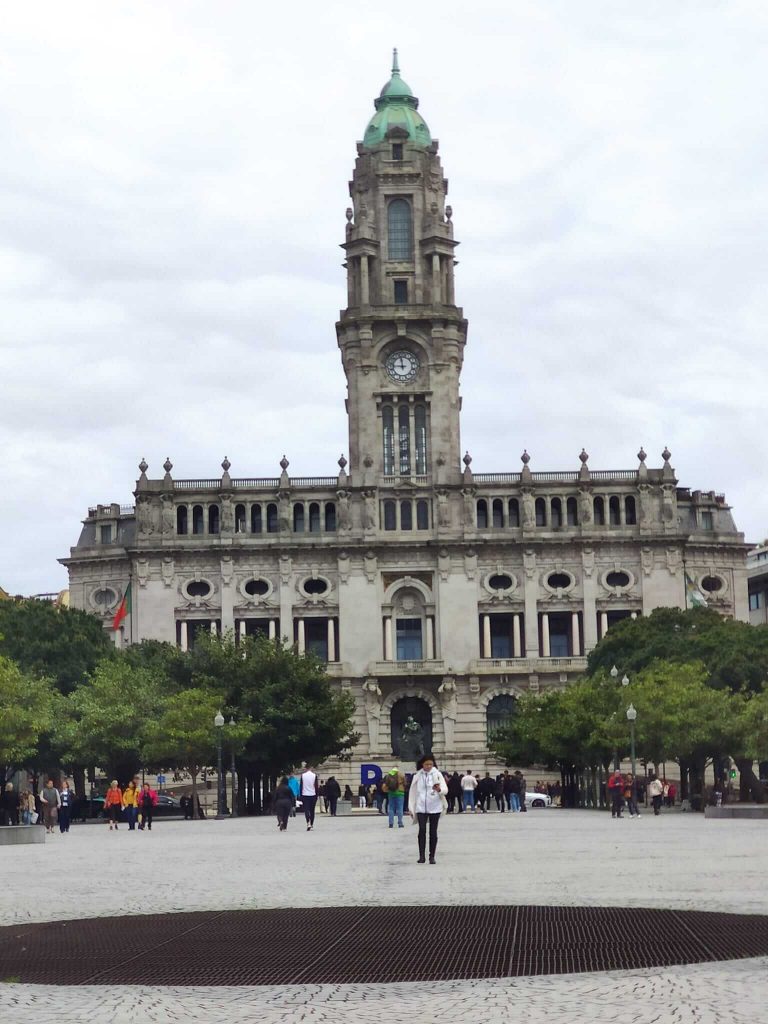
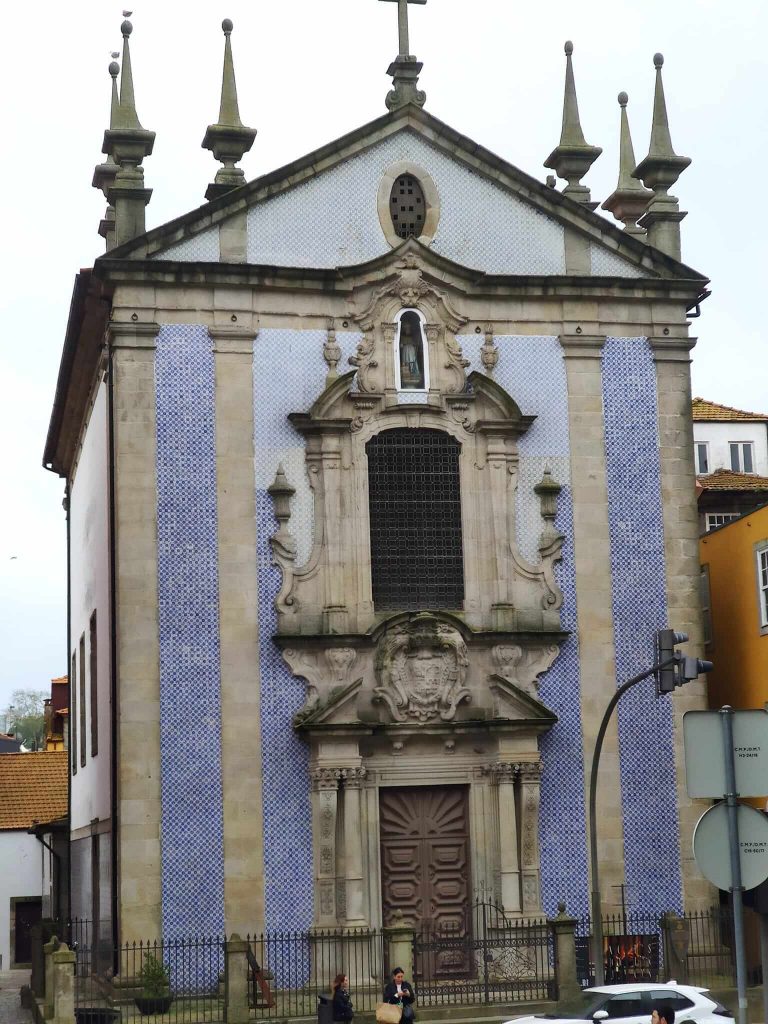
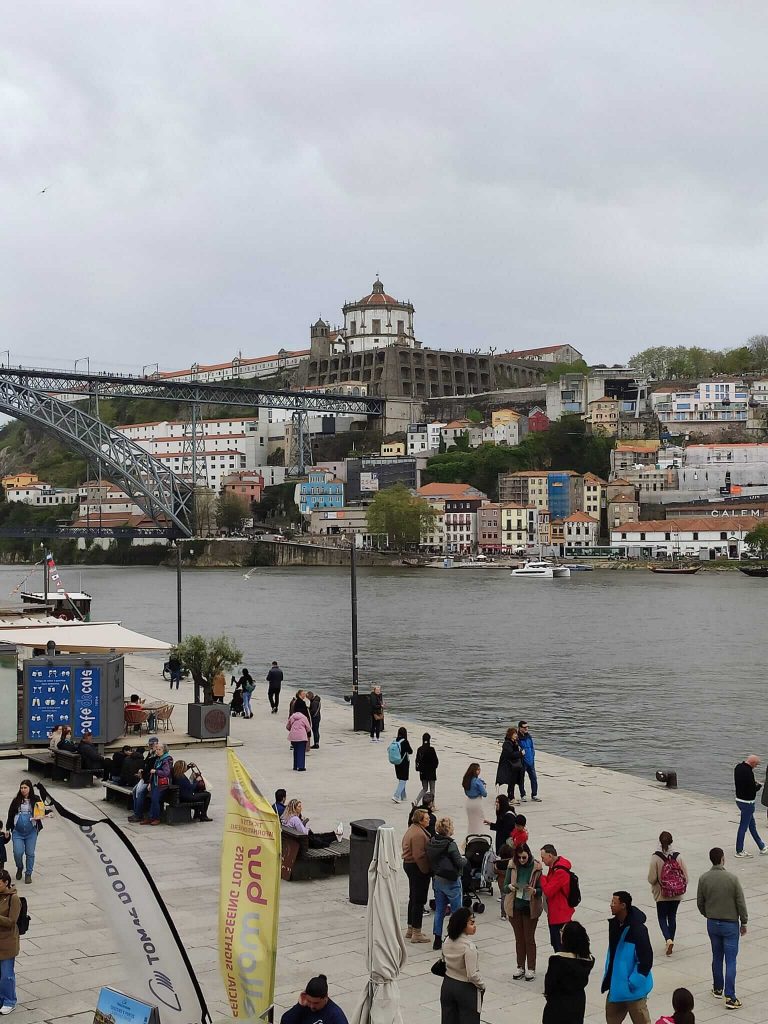



Day 7
Day 7 was spent in fruitful “work.” En route from Porto to the north, we decided to stop in Barcelos, the town where the famous legend of the roasted rooster that crowed was born—hence the rooster figurine becoming the most ubiquitous souvenir in the country.
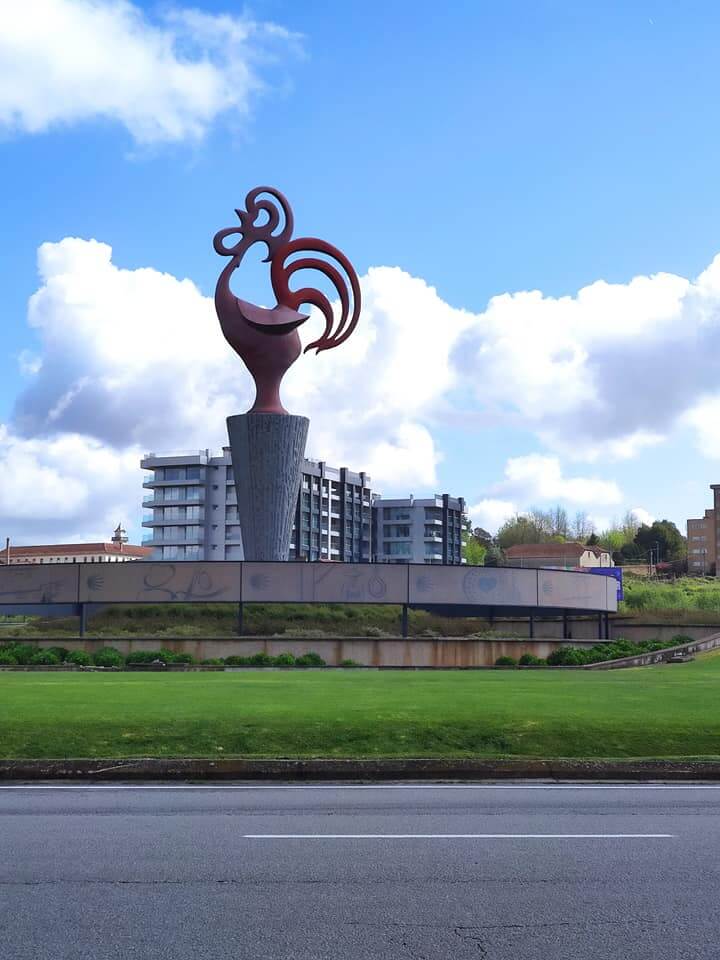
Barcelos proved to be a pleasant little town with plenty of interesting buildings, making for a very enjoyable stroll. You’ll find numerous sculptures, both whimsical and religious—and plenty of roosters, naturally.
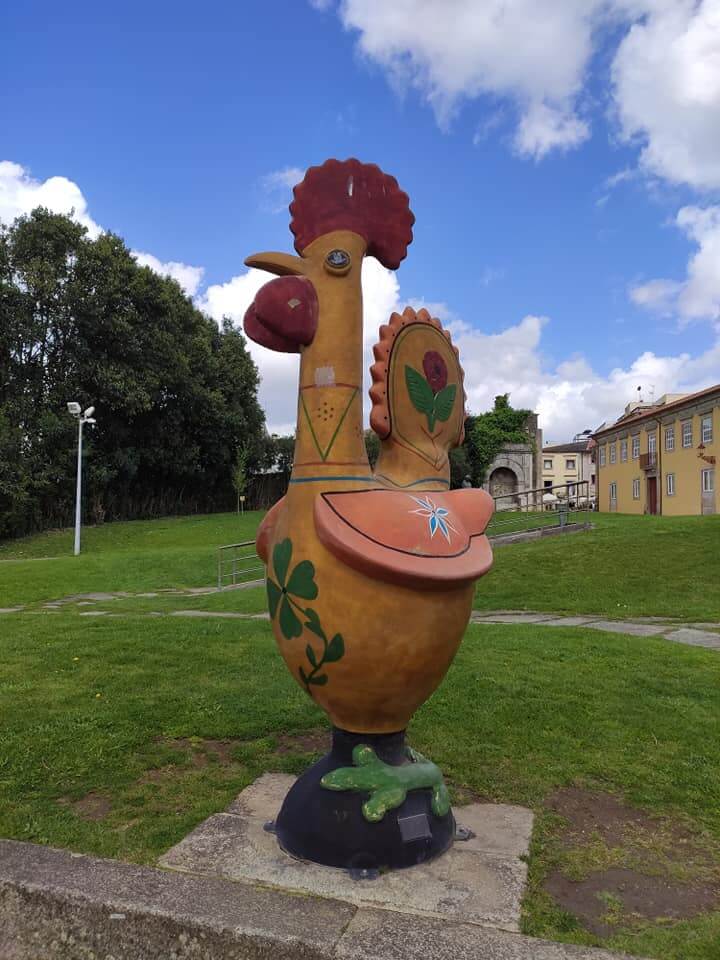
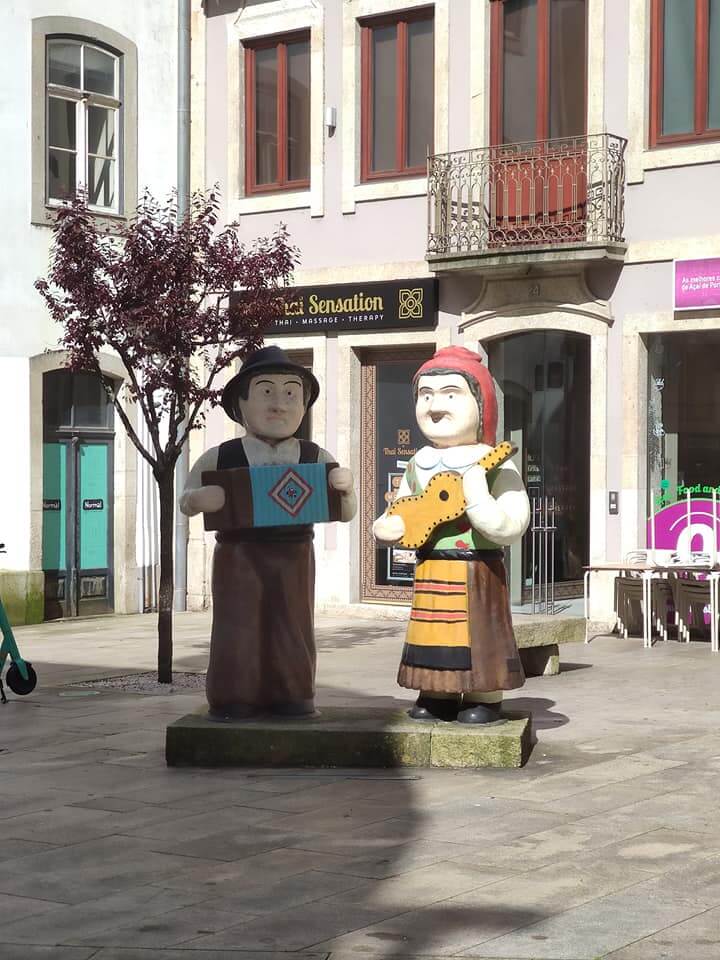

The next city, Braga, is full of Baroque architecture—religious (around 300 churches, as Braga is Portugal’s oldest and largest religious center) and secular alike. North Portuguese Baroque has its own twist: it feels livelier and more rhythmic. Especially striking is the Palácio do Raio—compact yet astonishingly harmonious and beautiful. The abundance of flowers throughout the city lends it a festive and cheerful atmosphere.
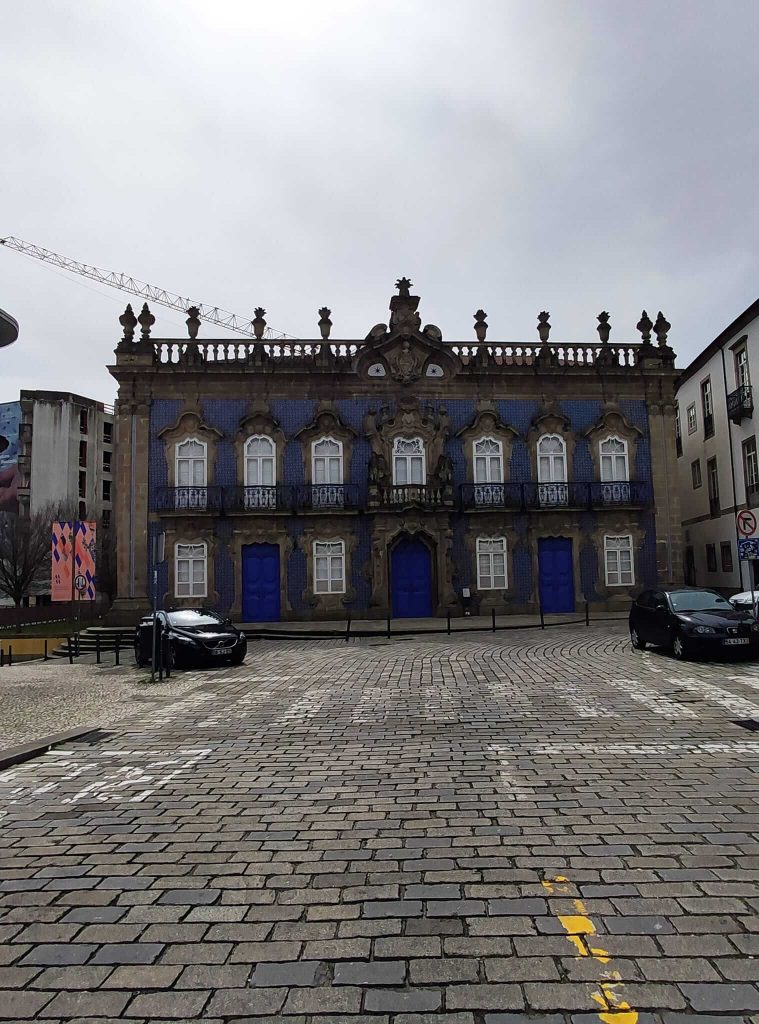

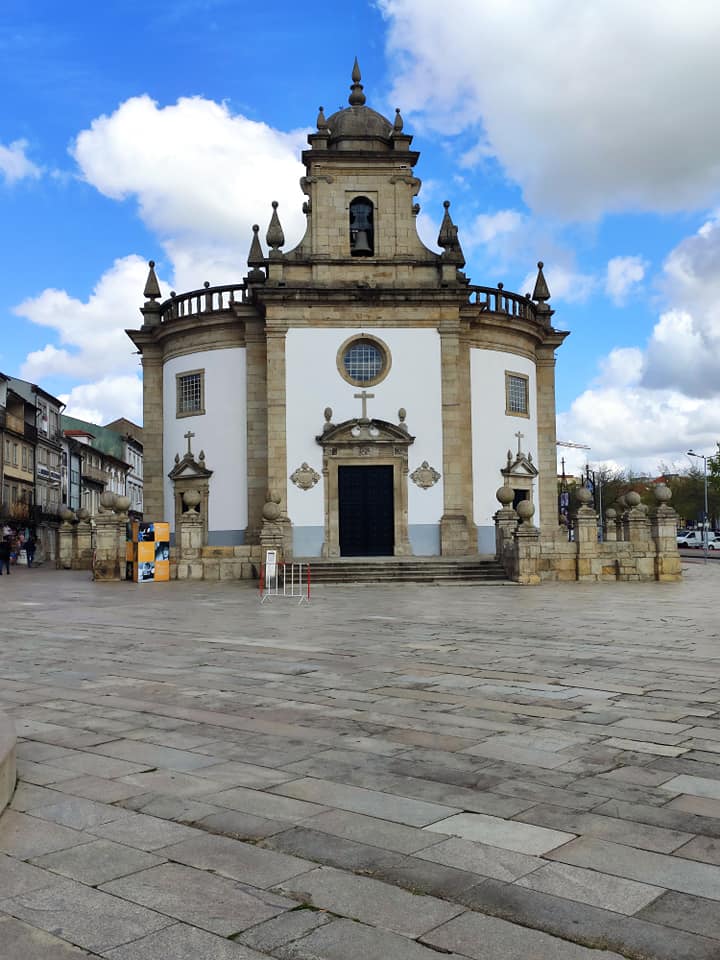

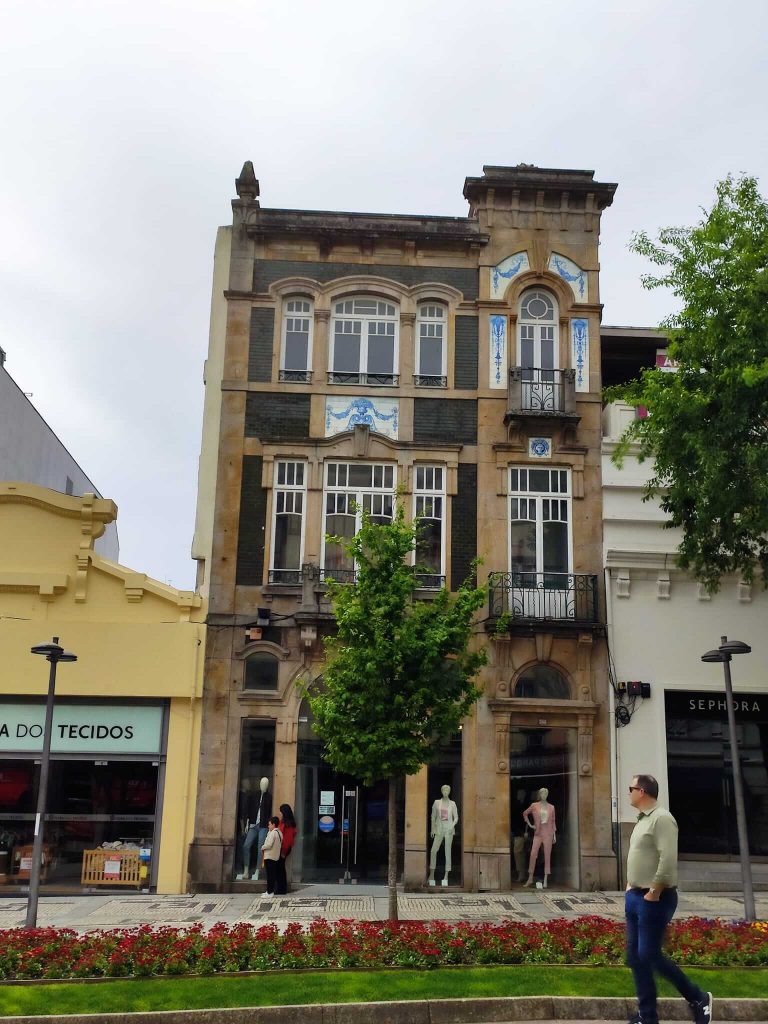
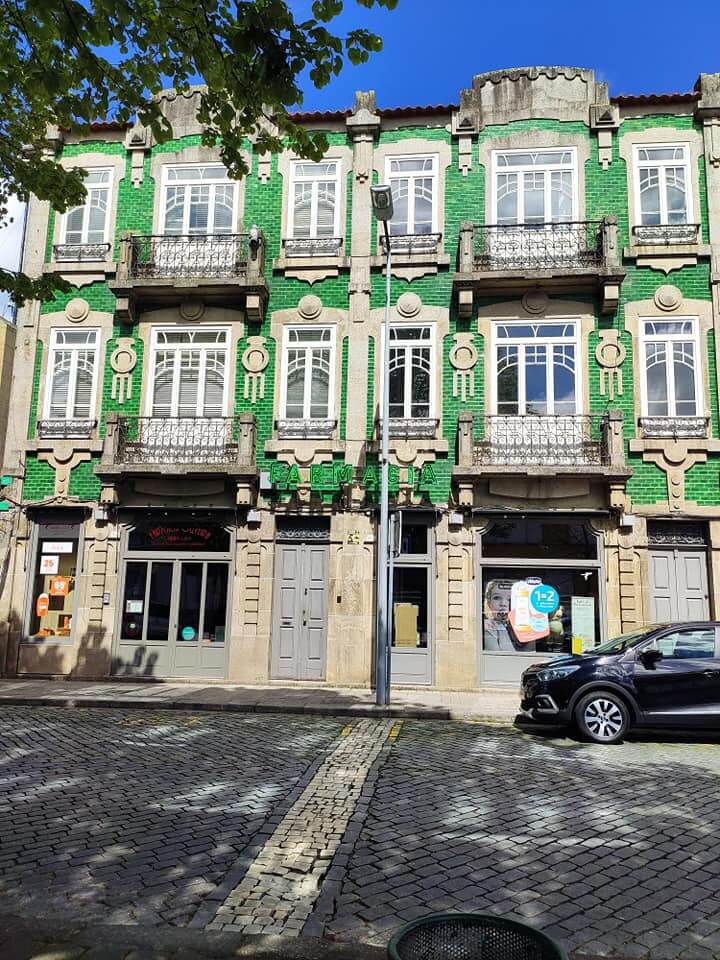


Not far from Braga is the Bom Jesus do Monte sanctuary (mid-18th century), which you reach by climbing a long staircase with seventeen landings, each adorned with sculptures and decorative elements. There’s also a funicular (€2 one way; €3 return). We had plans to explore also Viana do Castelo—where we’re staying tonight—but ran out of time, so that’s been postponed until tomorrow.

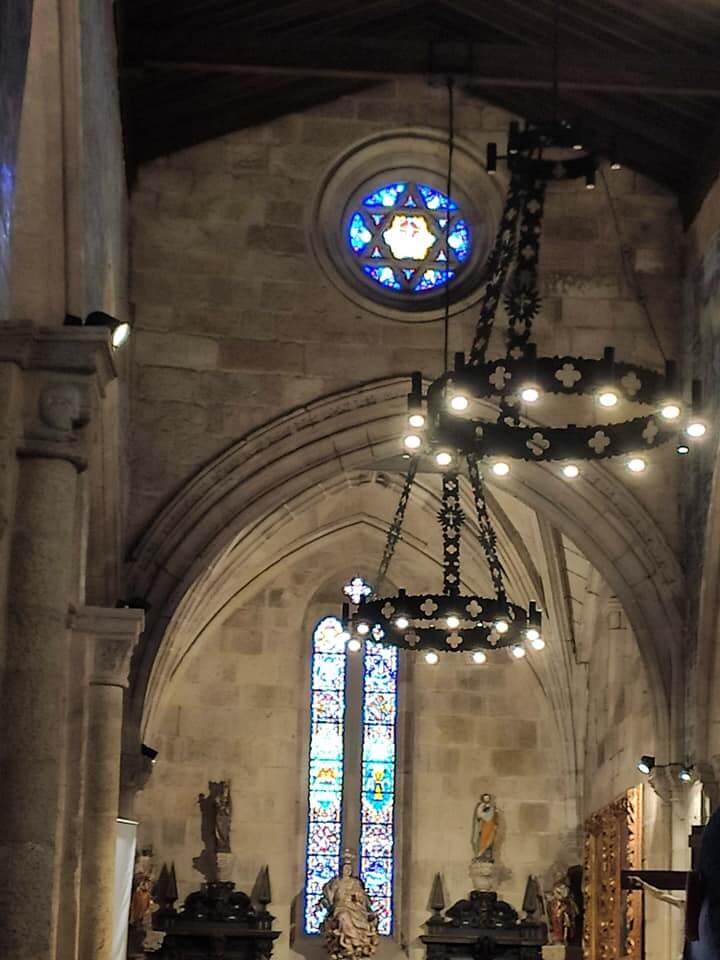

Day 8
This morning we addressed yesterday’s unfinished business: exploring Viana do Castelo, considered one of northern Portugal’s most beautiful cities. It certainly lives up to its reputation, though it felt slightly overshadowed coming right after the dazzling Braga.
We started with the climb to the Sanctuary of Santa Luzia (Church of the Sacred Heart of Jesus), towering over the city. One source says it was built in 1959, another gives 1949—go figure. It’s designed in the Roman-Byzantine style, reminiscent of Paris’s Sacré-Cœur and Barcelona’s Tibidabo church. The façade is under restoration and fully scaffolded. While the panorama from above is expansive and far-reaching, the city itself doesn’t look its best from that vantage.
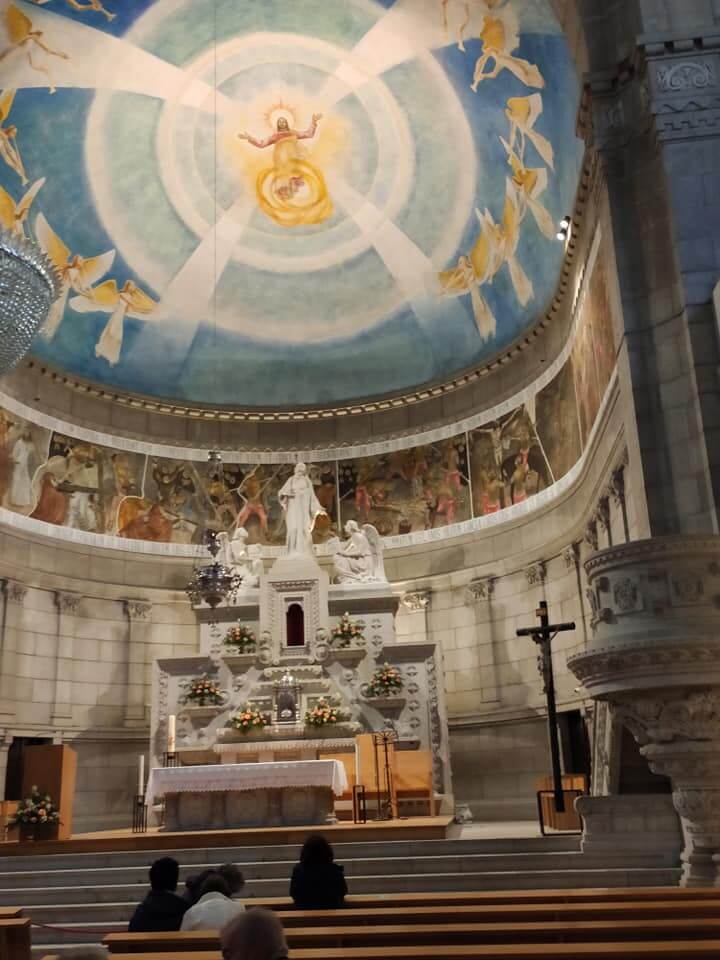

You can also take the funicular up the hill. Back in town, we visited the Romanesque cathedral with its lovely stained-glass windows and a curious detail: the vault ribs are painted, not structural. At the church of the Casa da Misericórdia (the almshouse/hospital for the poor, akin to a French Hôtel-Dieu), we admired a stunning ceiling, fine azulejos, and even a hexagonal star in one rosette.
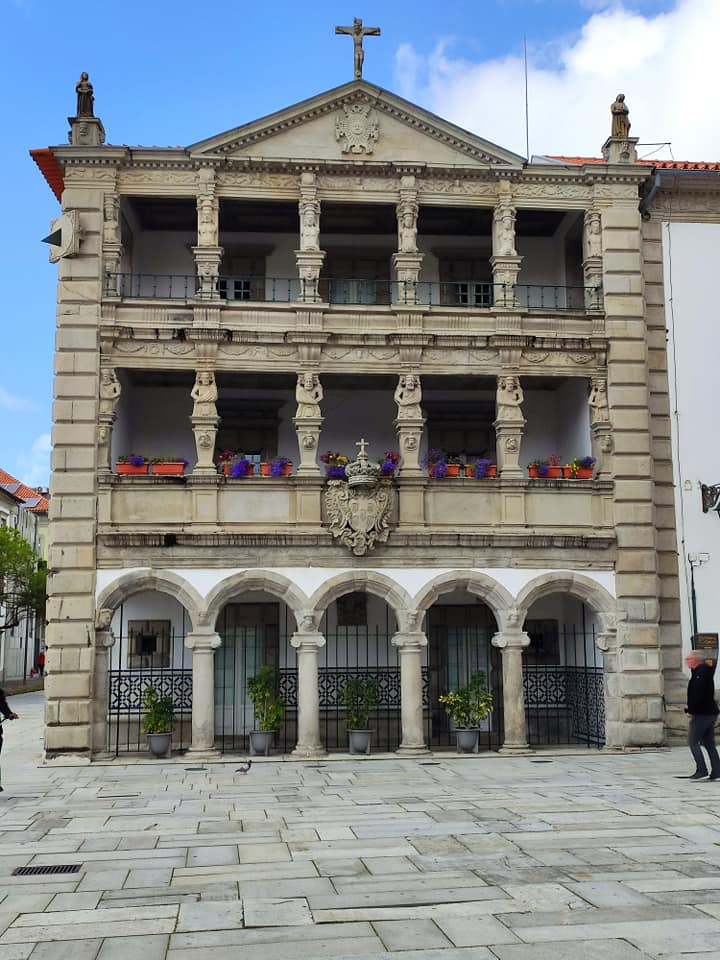
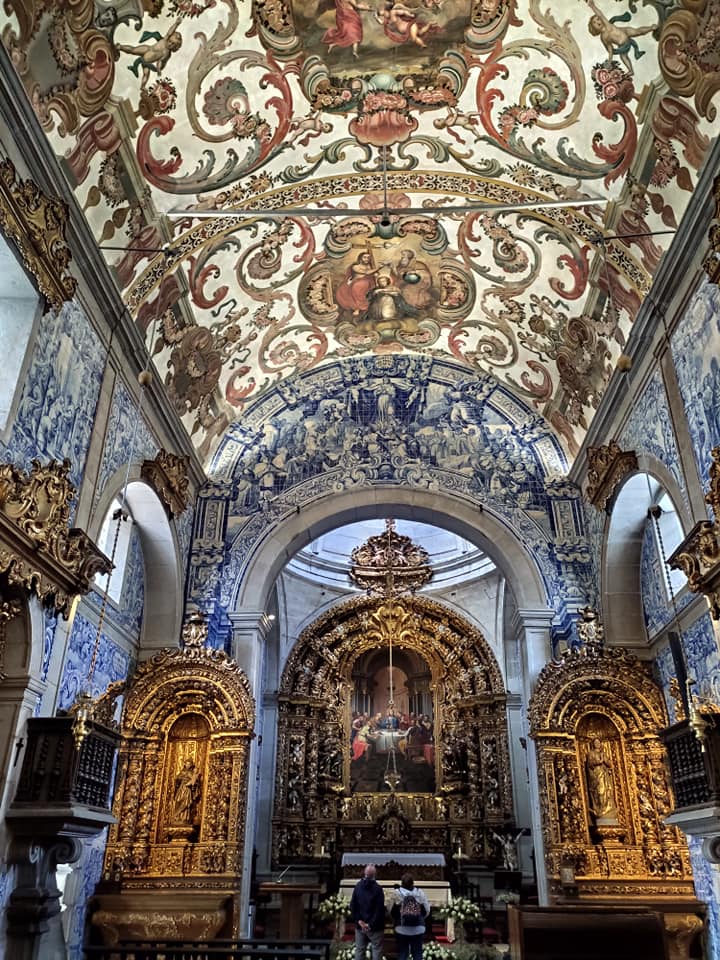
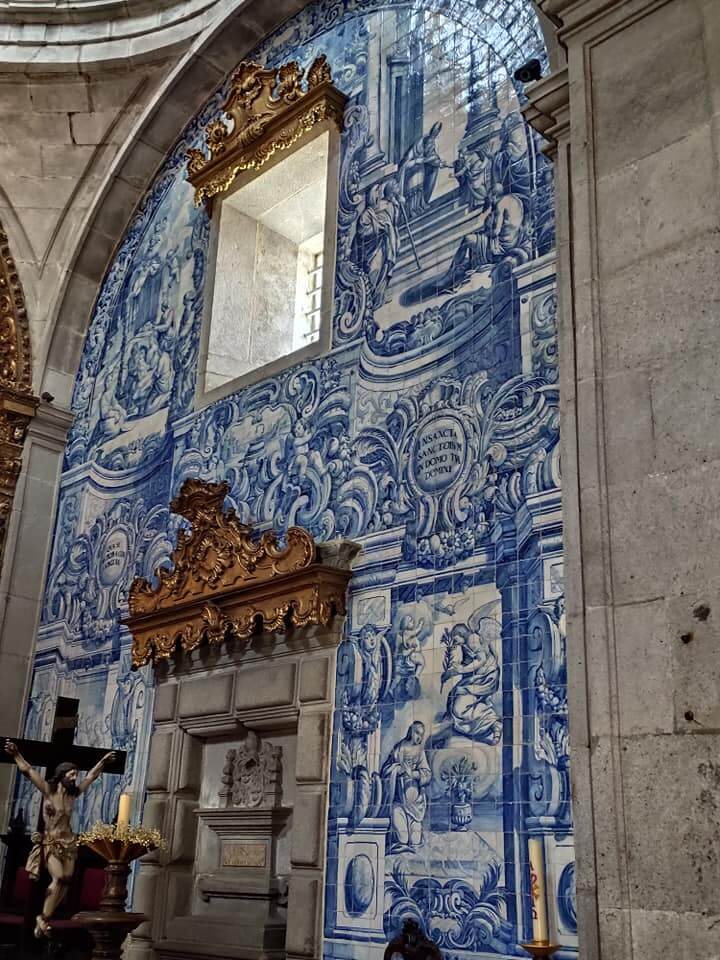
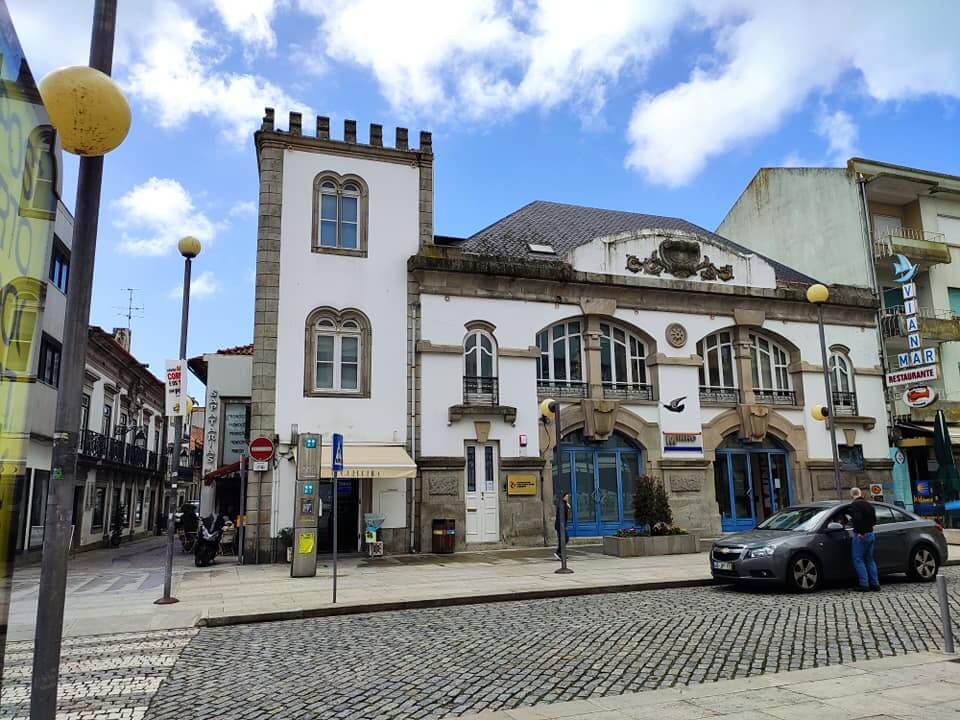

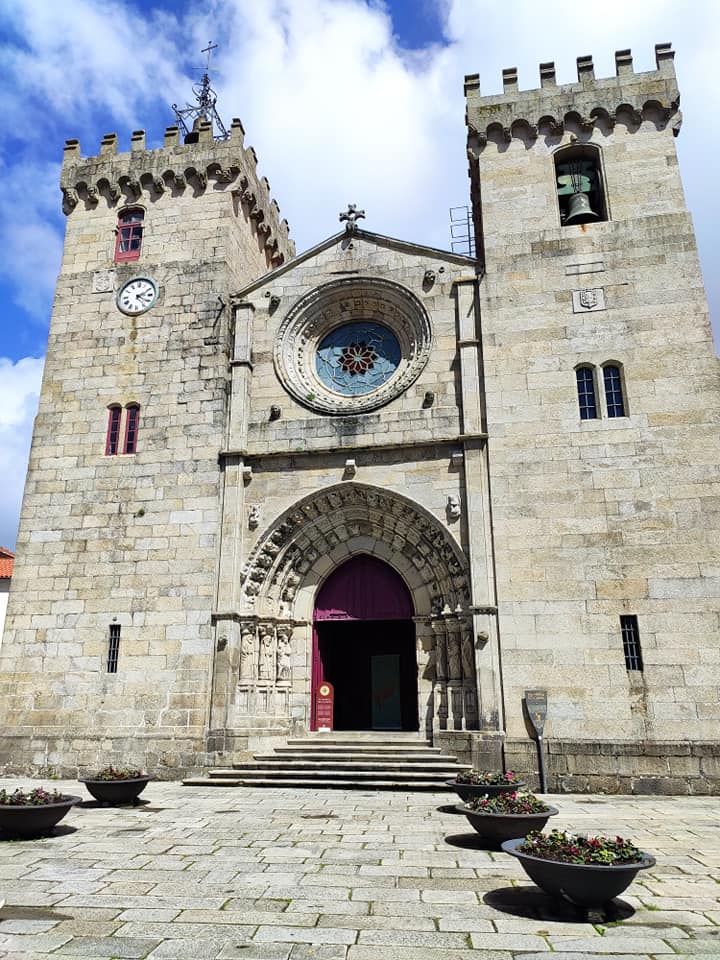

It should also be mentioned that Viana is home to the Costume Museum—also called the Museum of Costumes and Gold—named so because local women used to embellish their traditional festive attire with gold. Unfortunately, we couldn’t linger longer in Viana and headed next to Portugal’s only and outstanding Peneda-Gerês National Park.
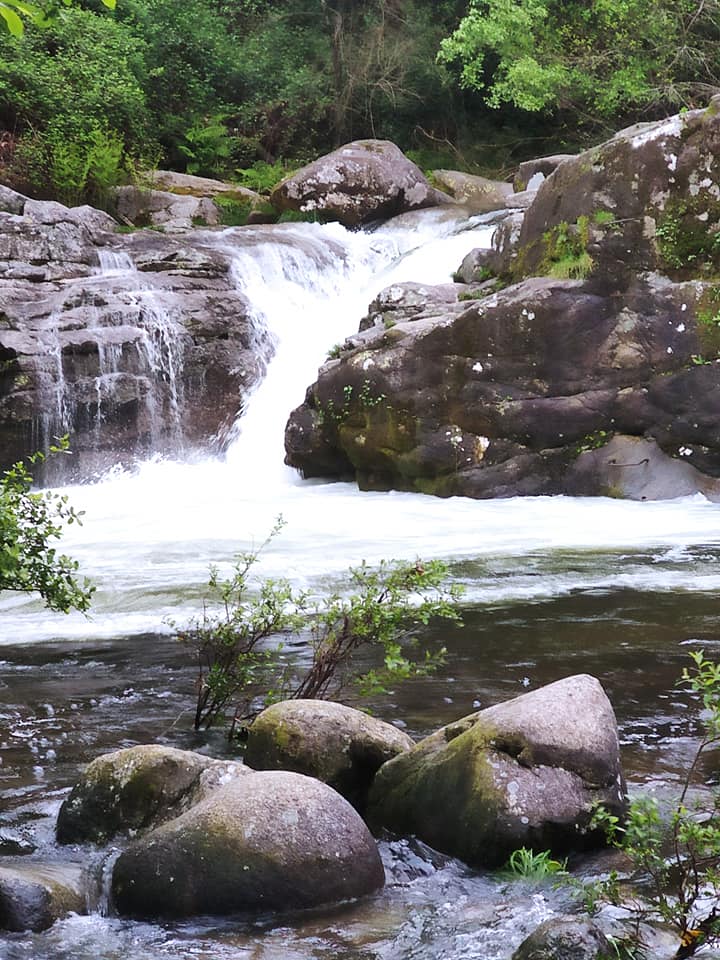
It’s an extensive region of fairly high mountains, villages unchanged for centuries, lush greenery, and roaring waterfalls. In one area, the mountains are strewn with innumerable time-worn boulders—some round and up to five or six meters across (like giant footballs), others smaller, strewn over distant slopes like salt from a giant shaker. As you drive, you find yourself exclaiming every minute: “Stop! That one needs to be photographed! And look over there—like a cracked walnut!” And this goes on for several kilometers. Truly miraculous.
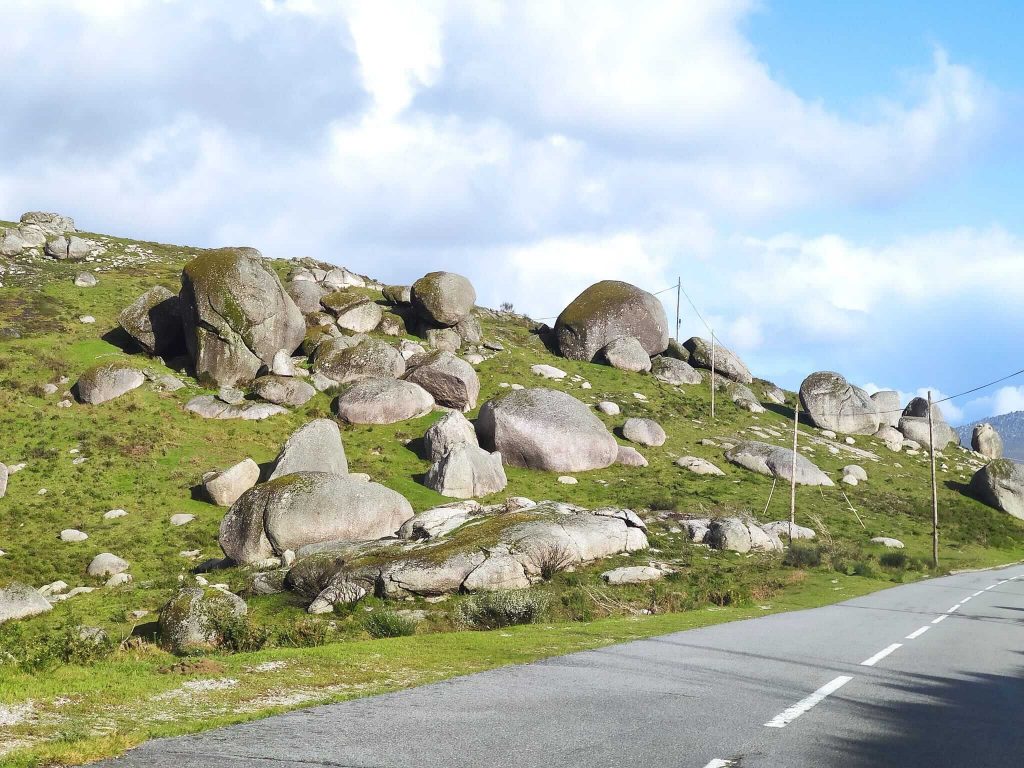
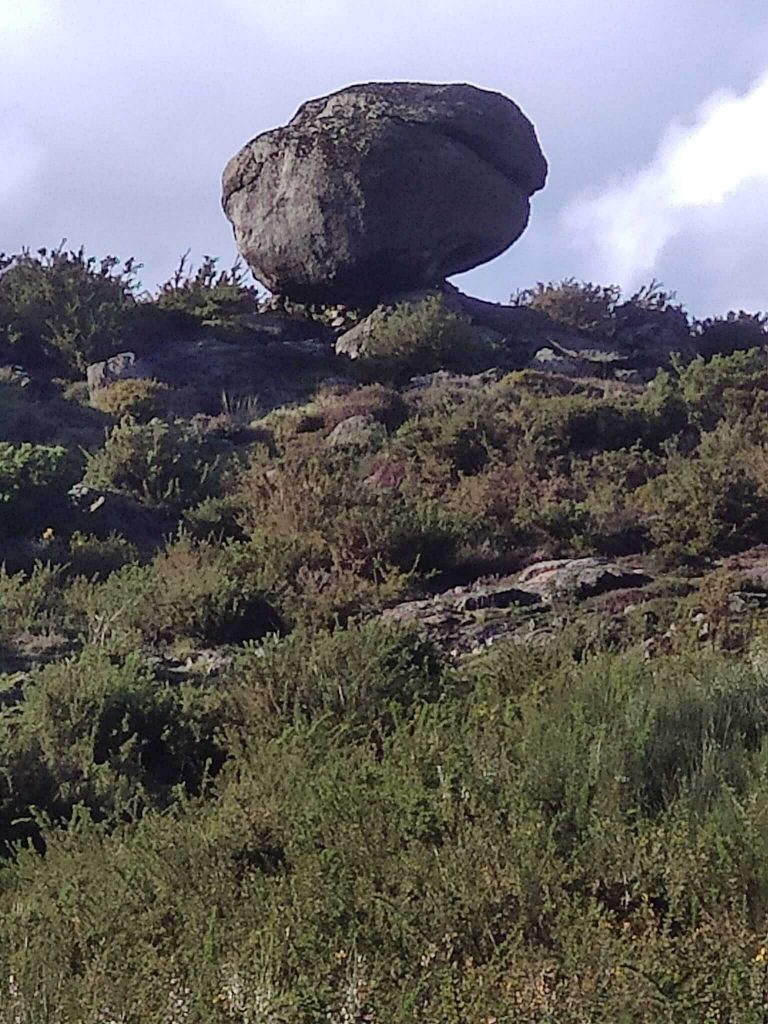

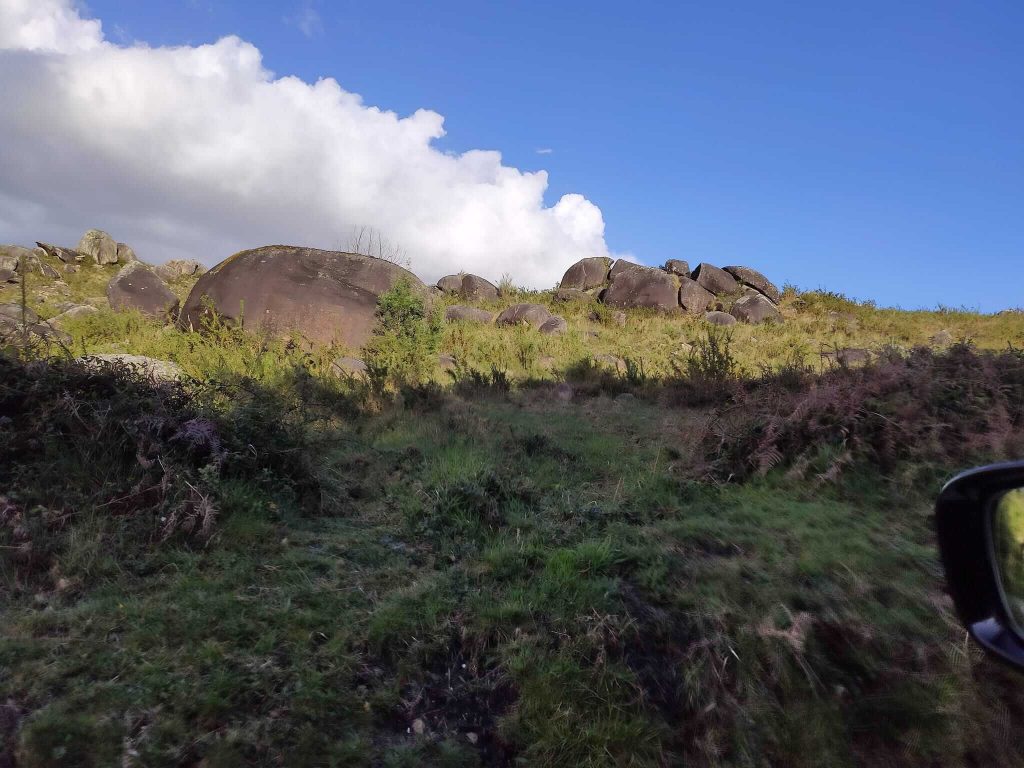
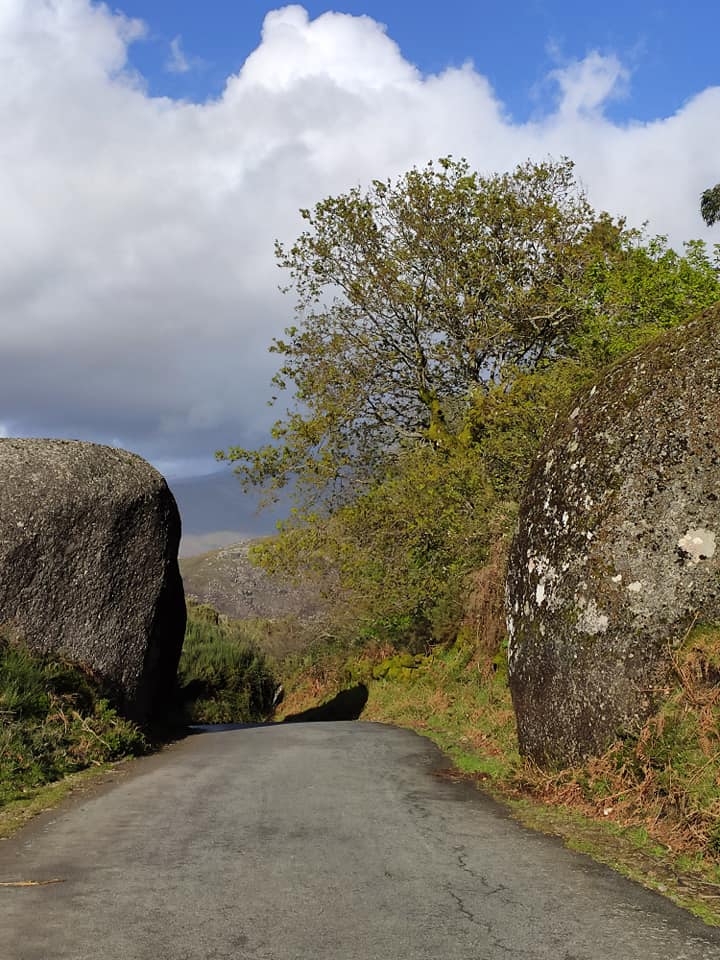
In the village of Lindoso, dozens of stone granaries (espigueiros)—which resemble small houses on stone stilts—are clustered at the foot of a massive rock outcrop. I first saw these in northern Spain, where they’re called graneros and stand scattered one per farm; here, by contrast, they’re all gathered together into what feels like a vast, strange necropolis.
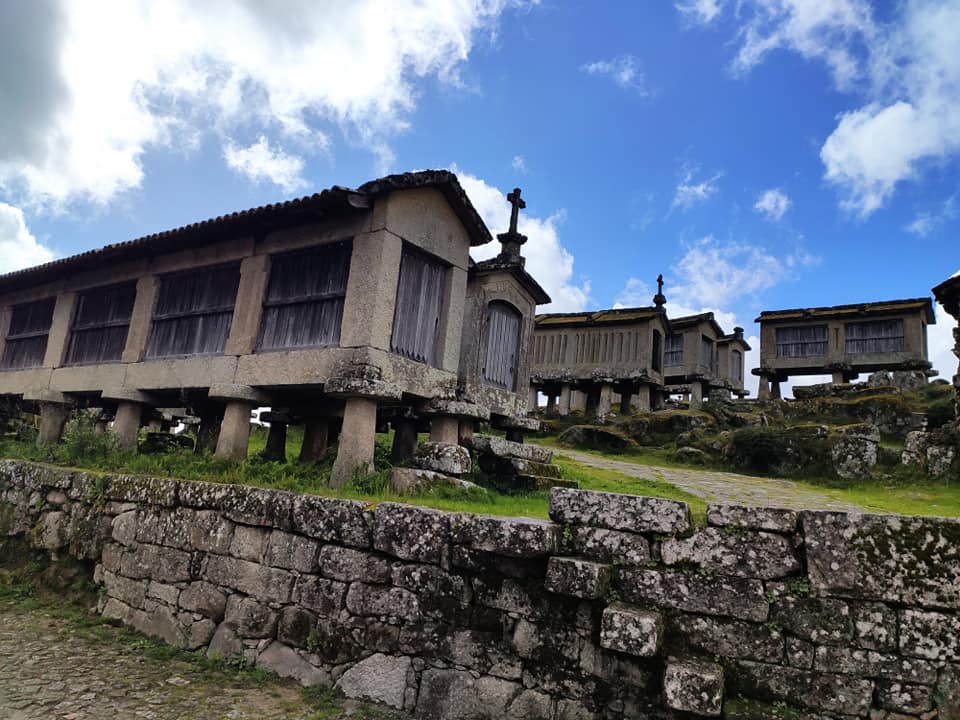
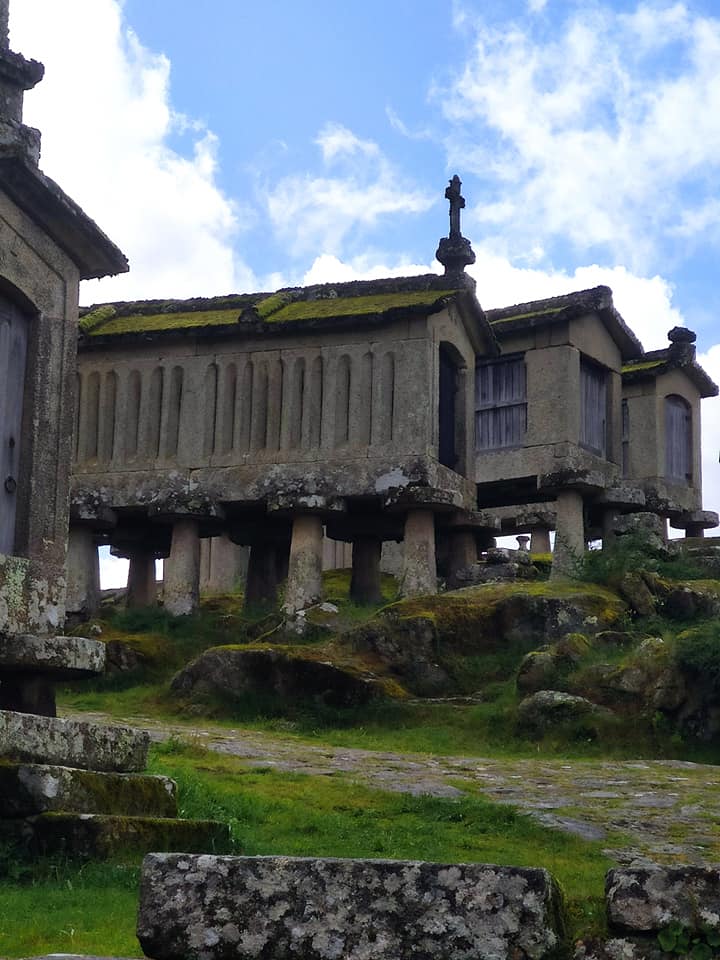
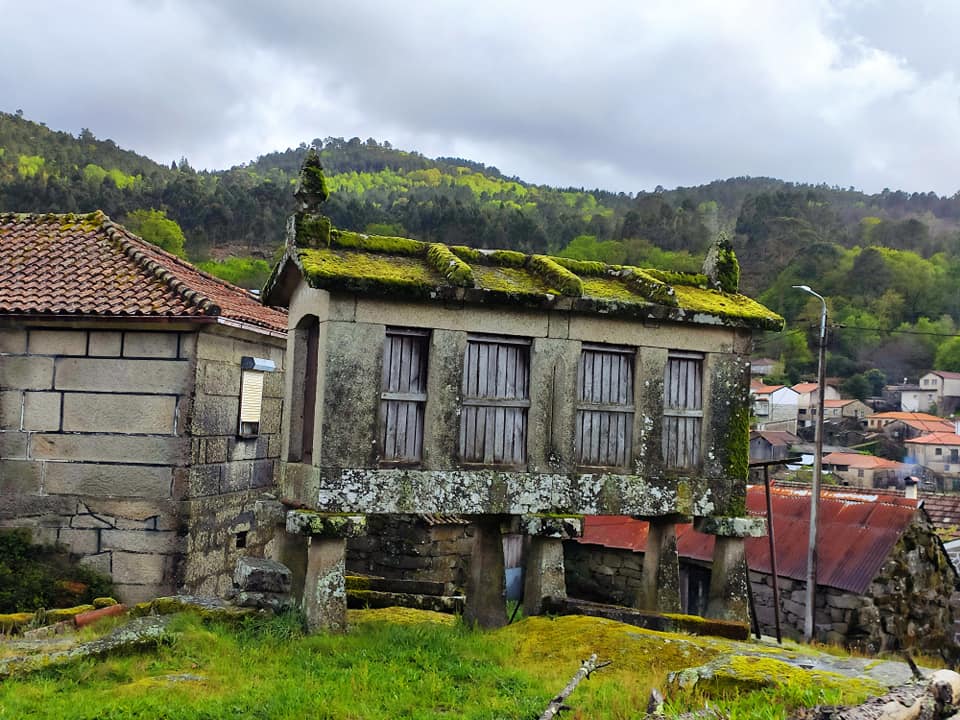
Lindoso has a developed tourist infrastructure and numerous trekking routes in the park. For the night, we headed down to the town of Gerês. After dropping off our bags, we walked to the edge of the property (the house is perched on a slope) and gasped at the view: the dammed river had fanned out widely in a mountain bowl, creating a scene one could gaze at endlessly. Stunning!

